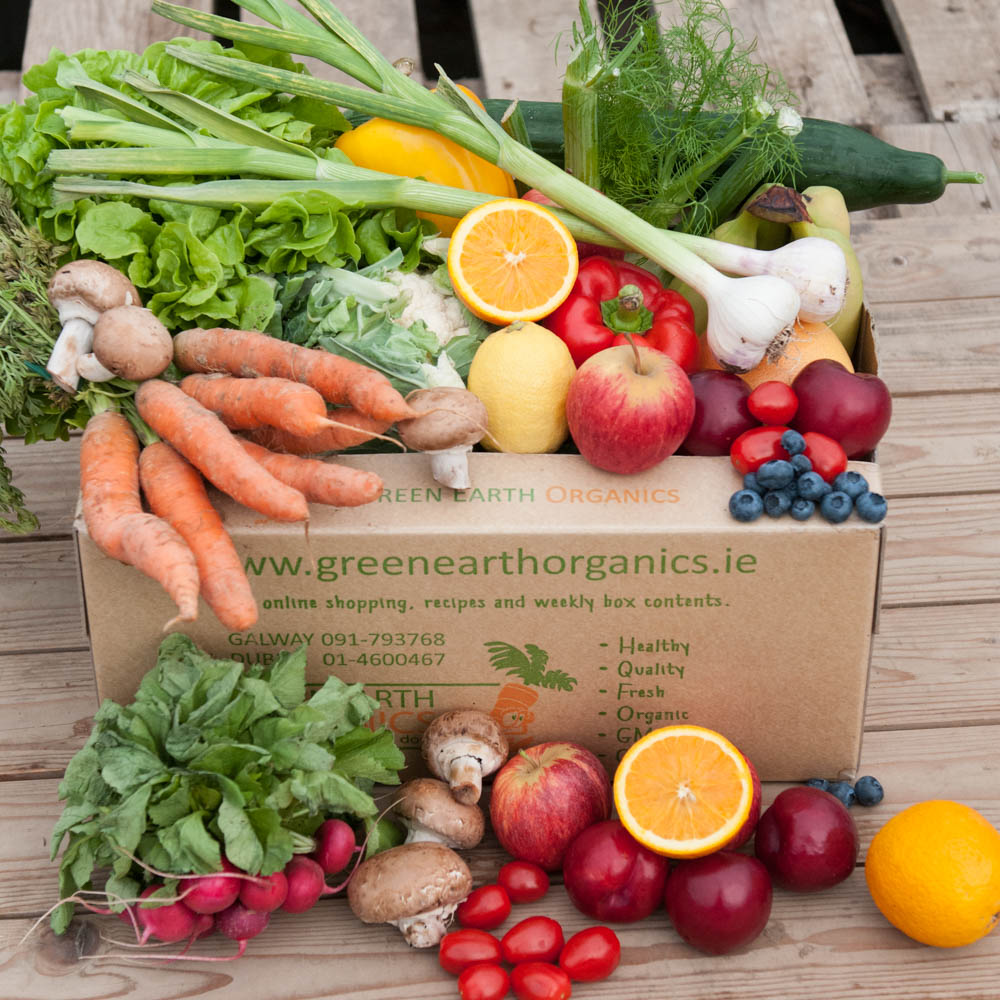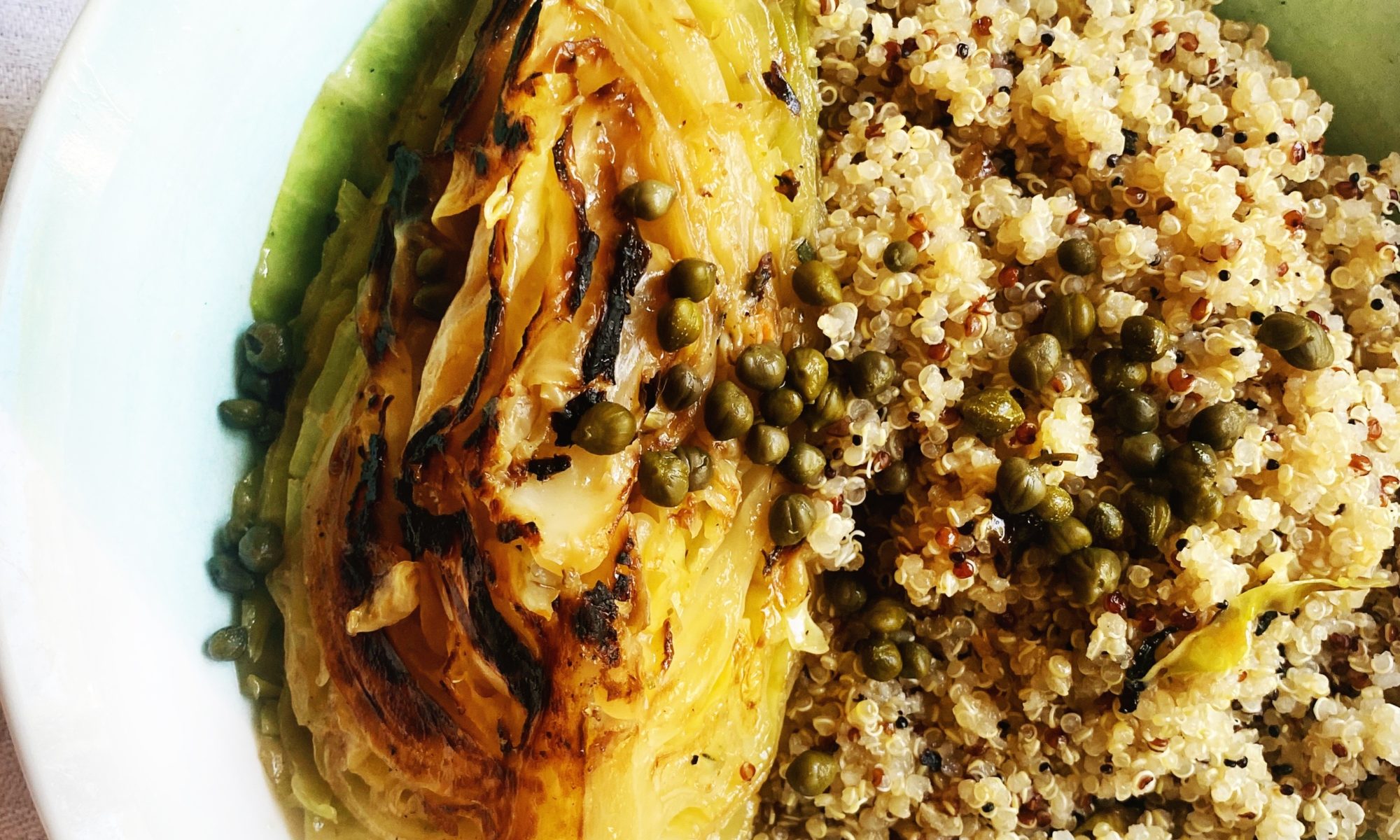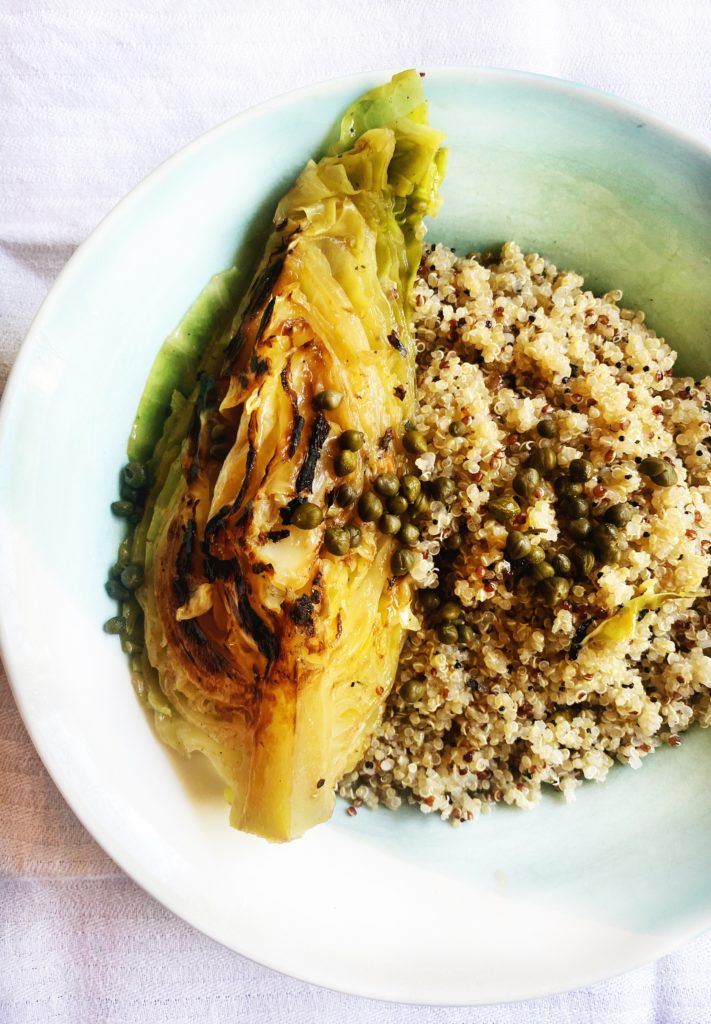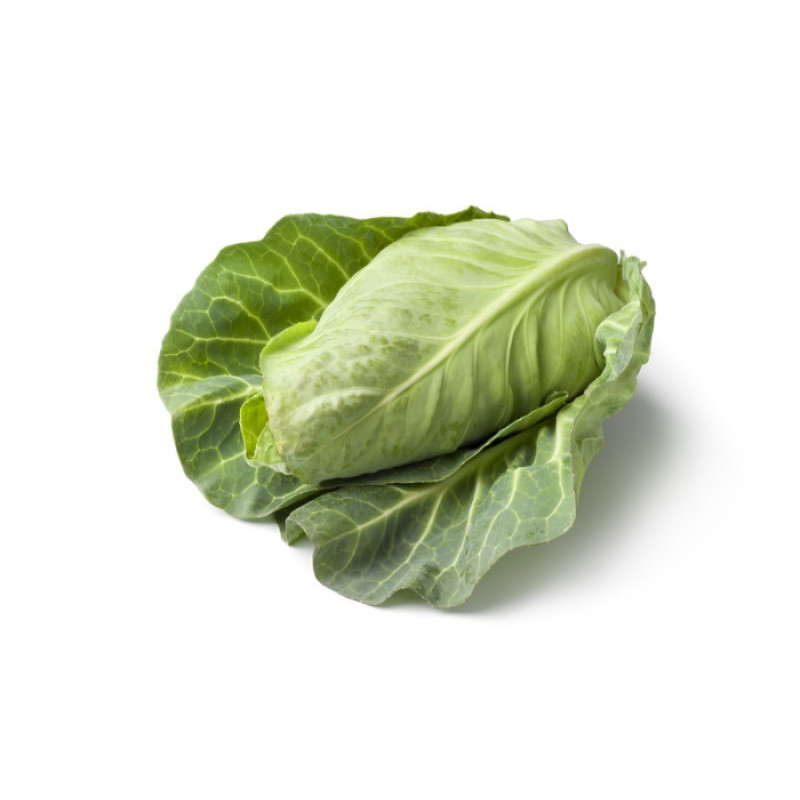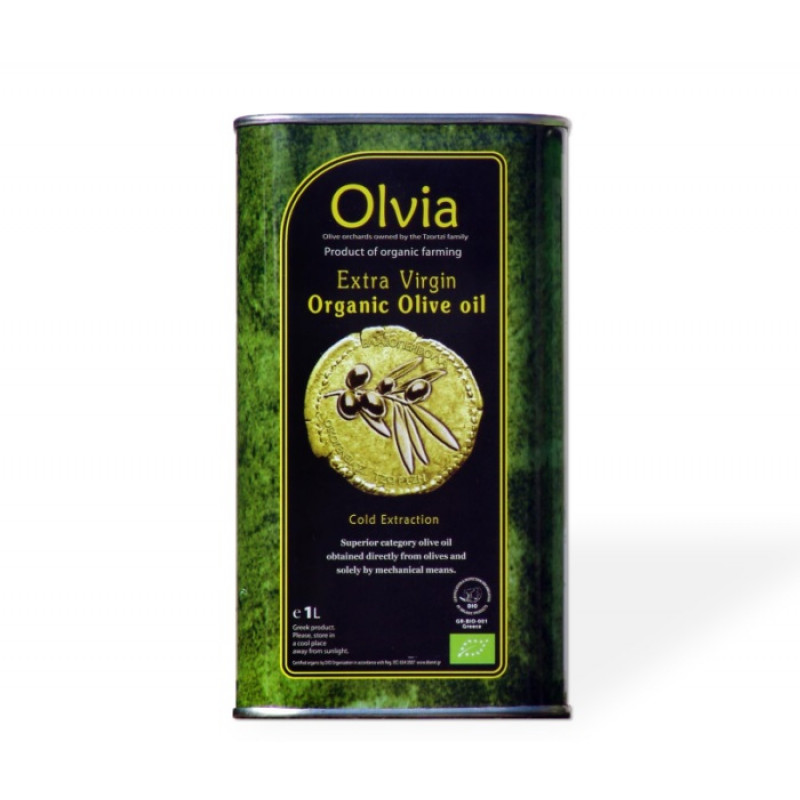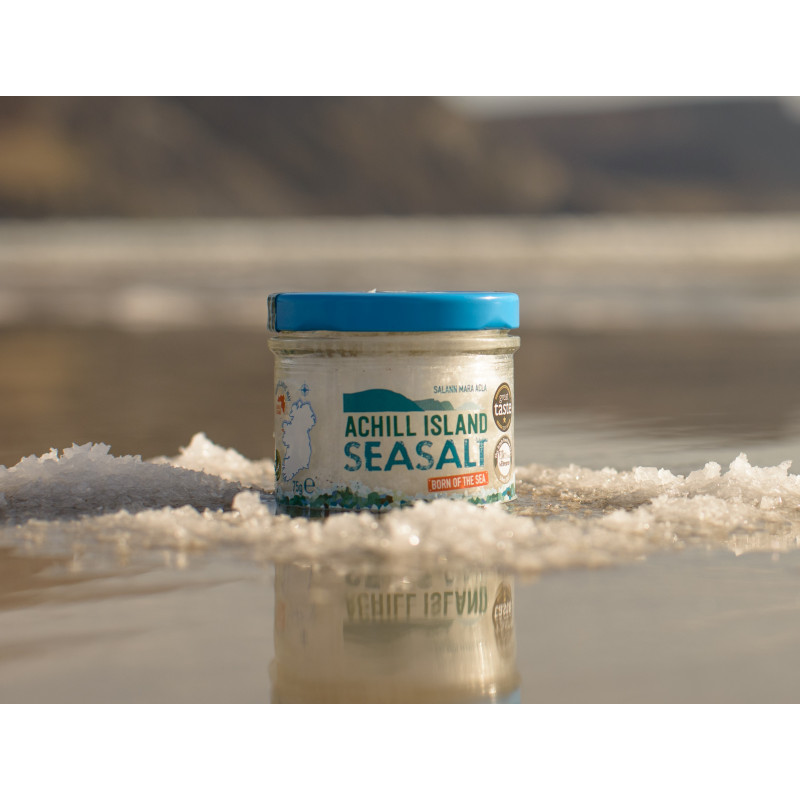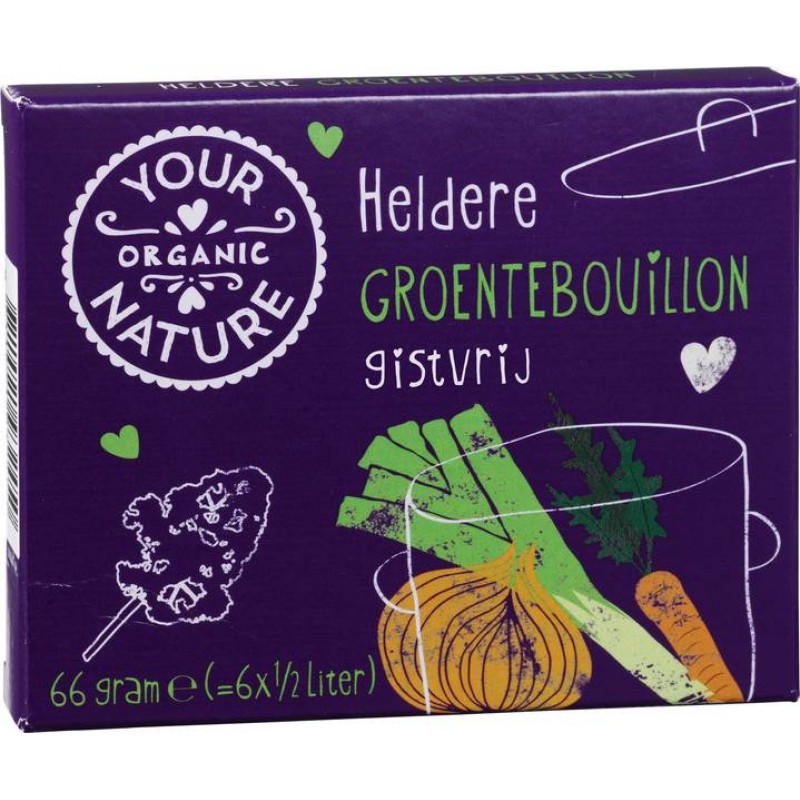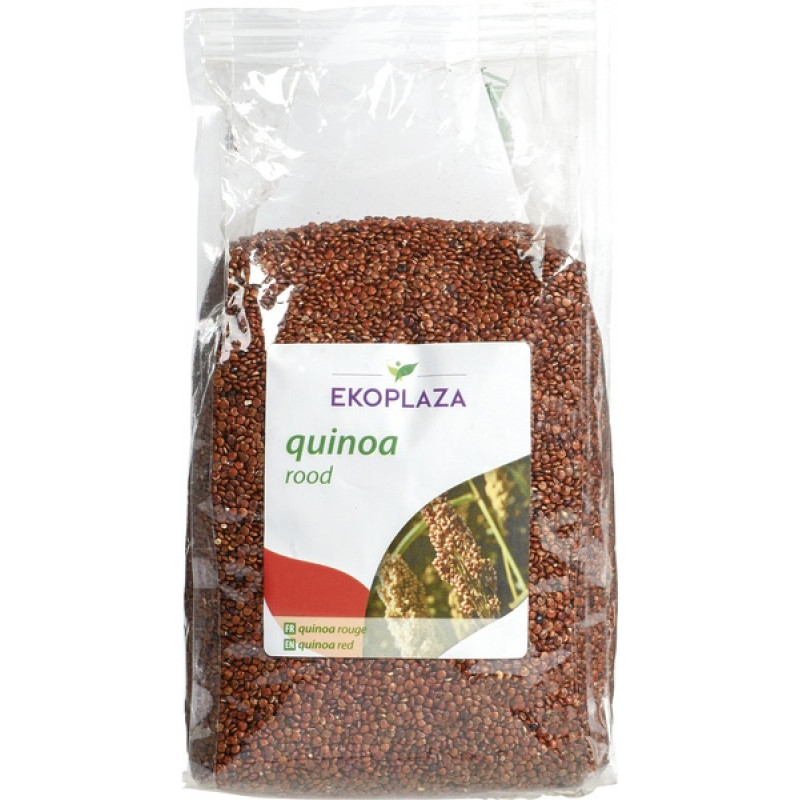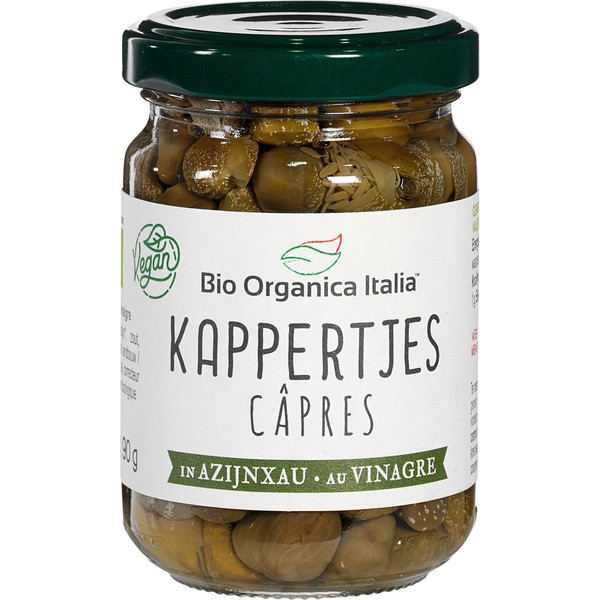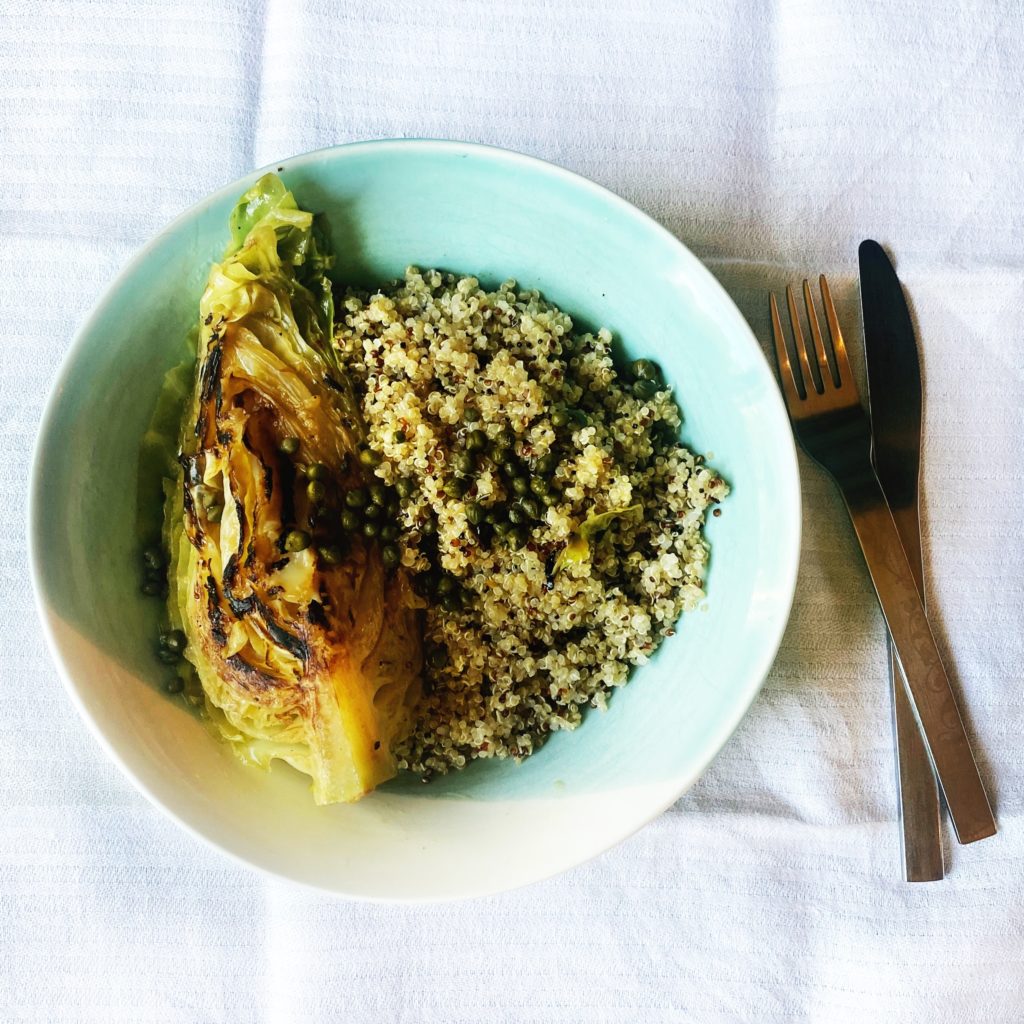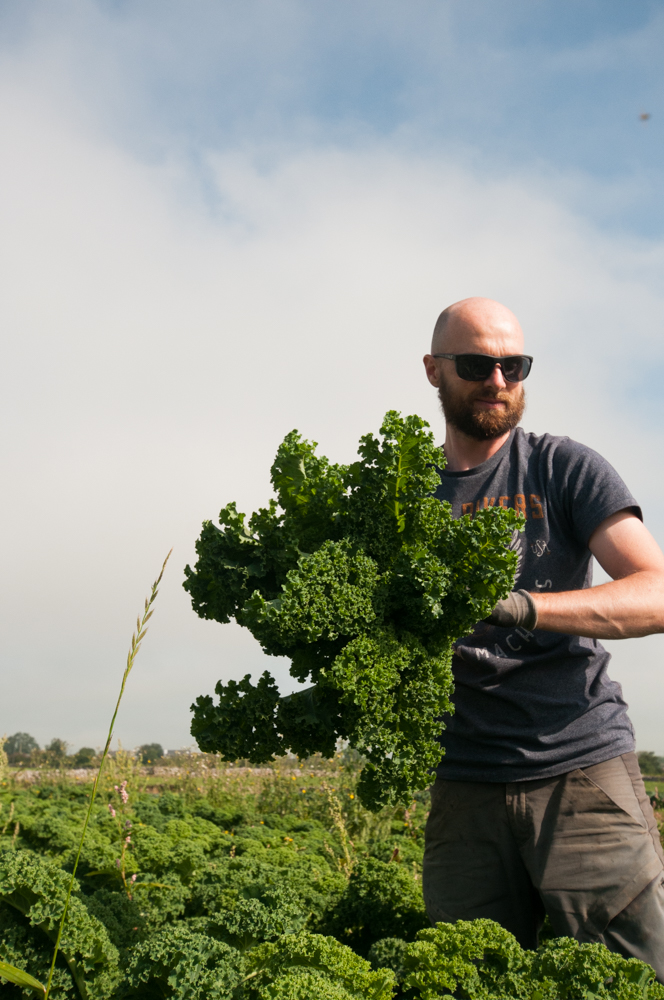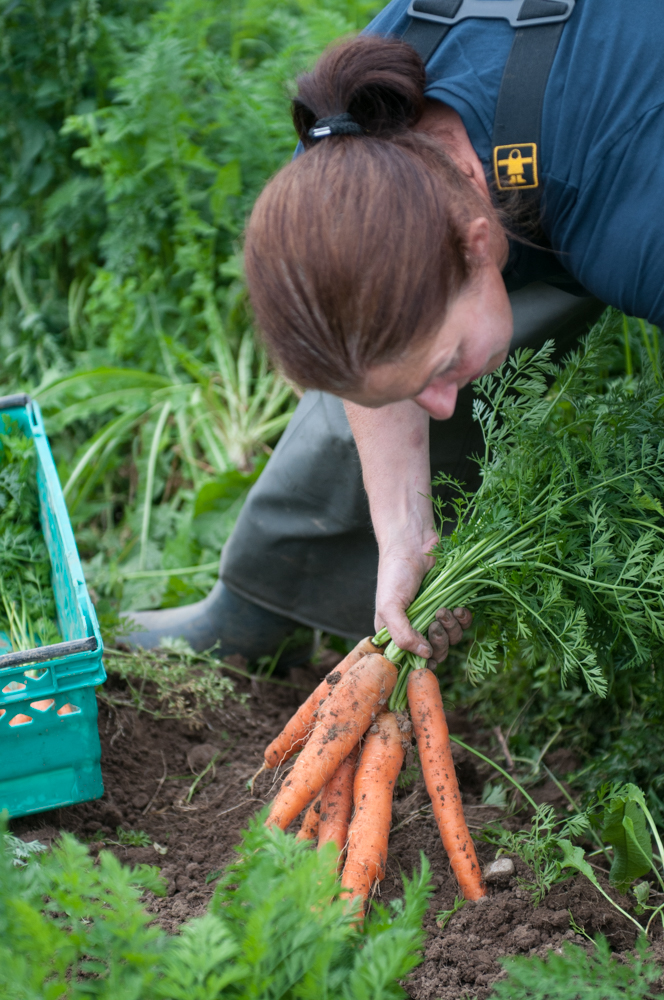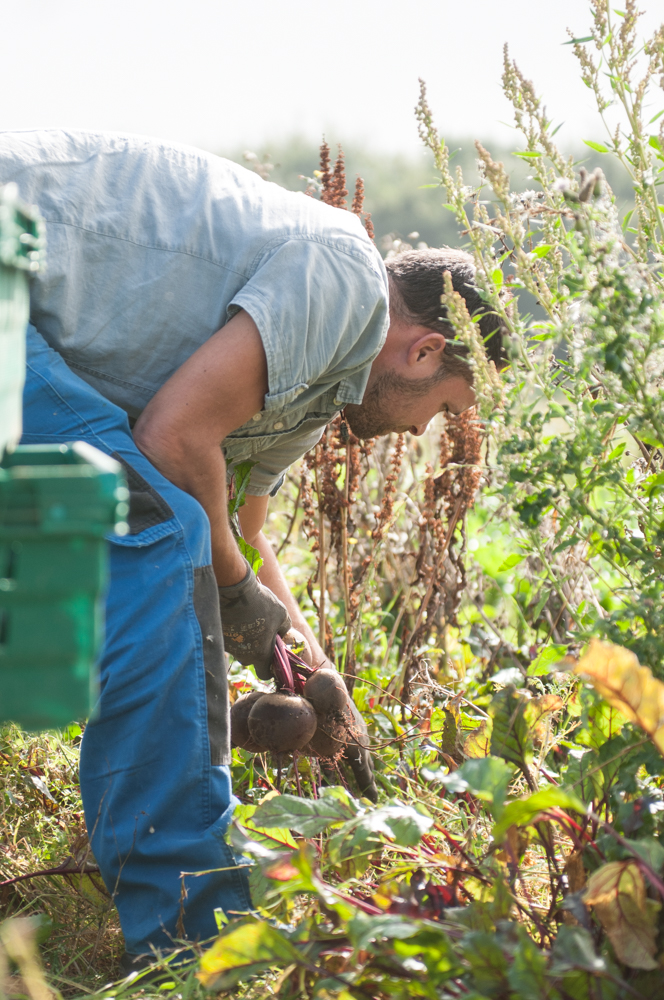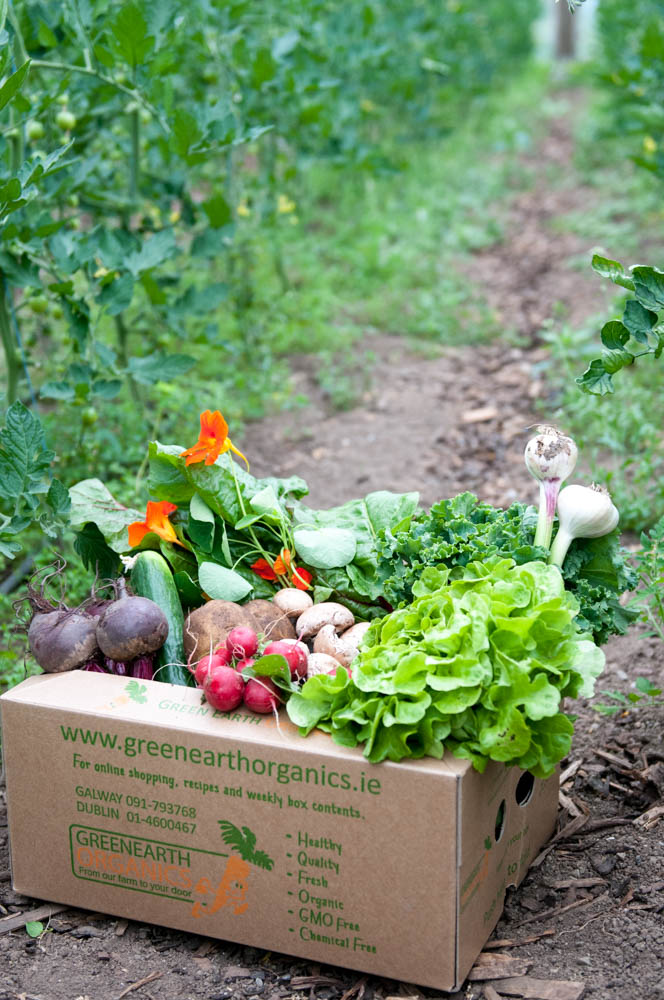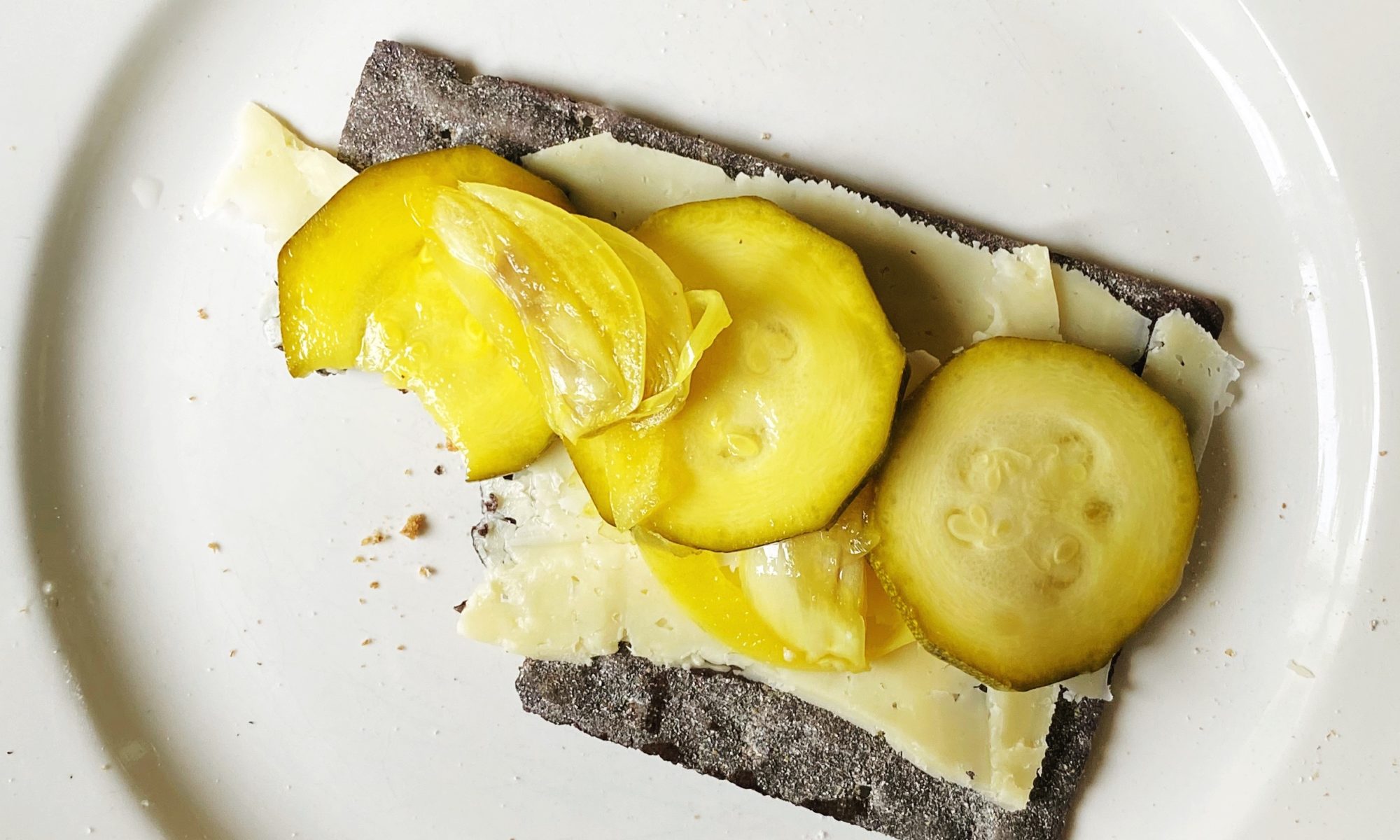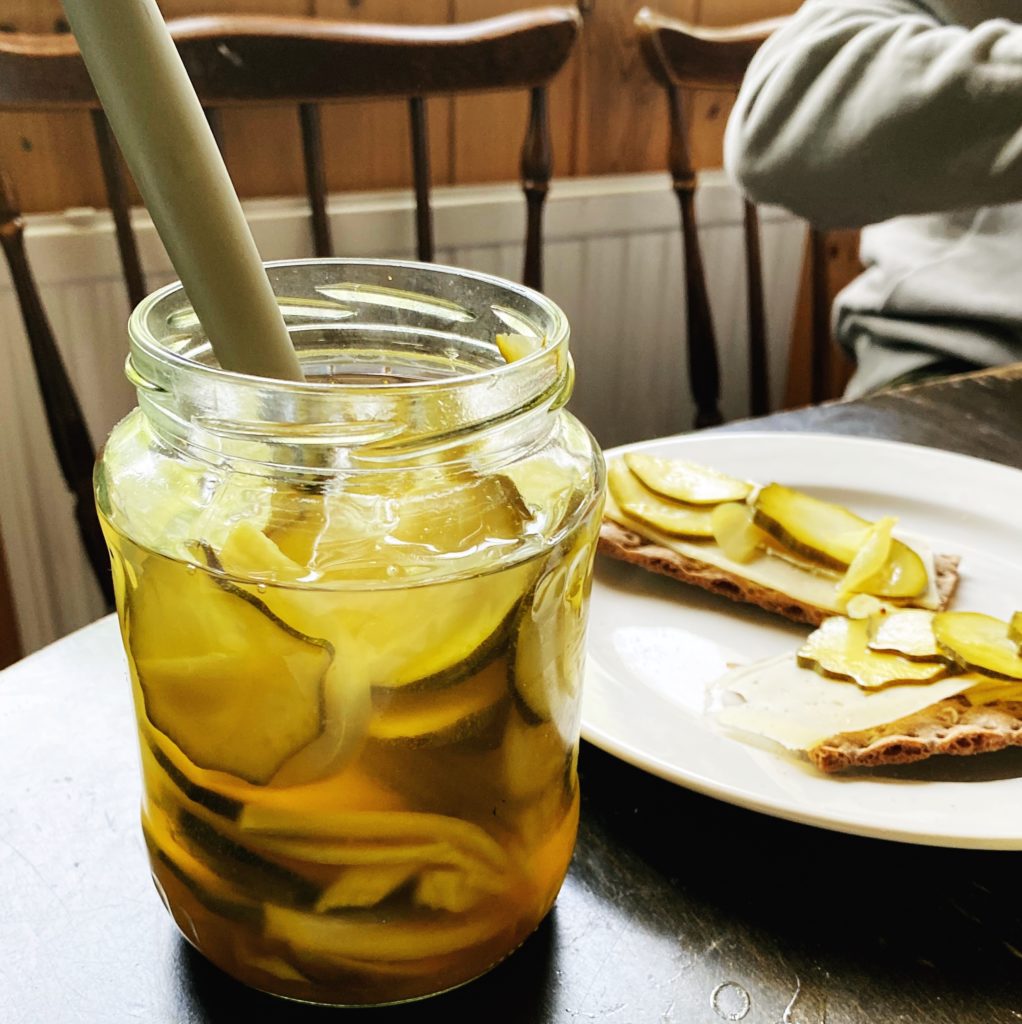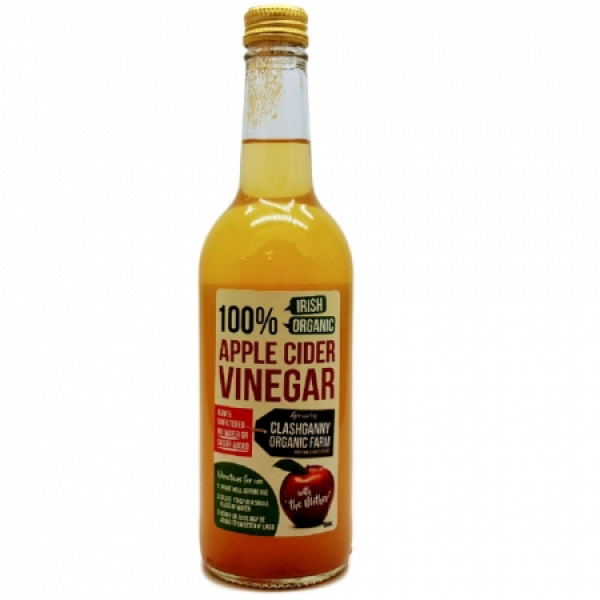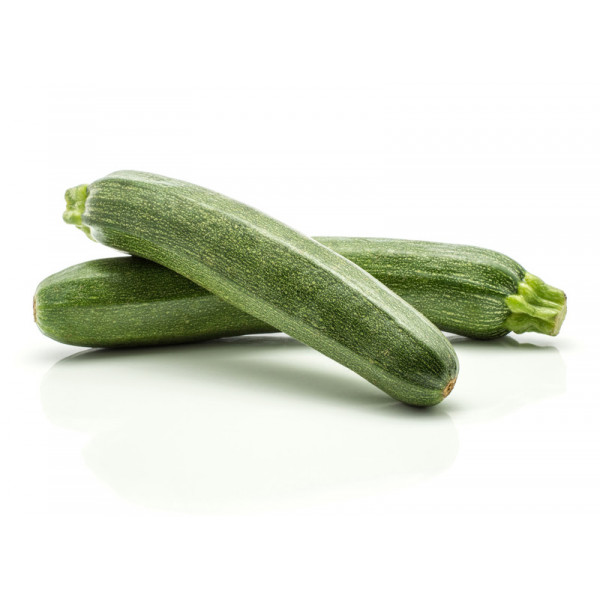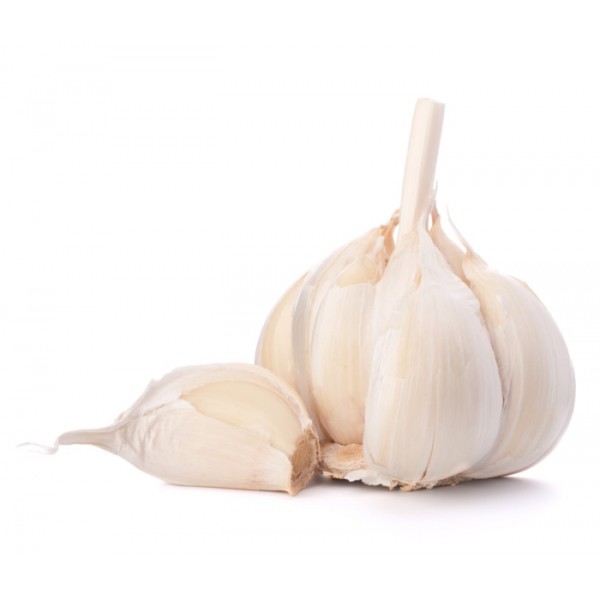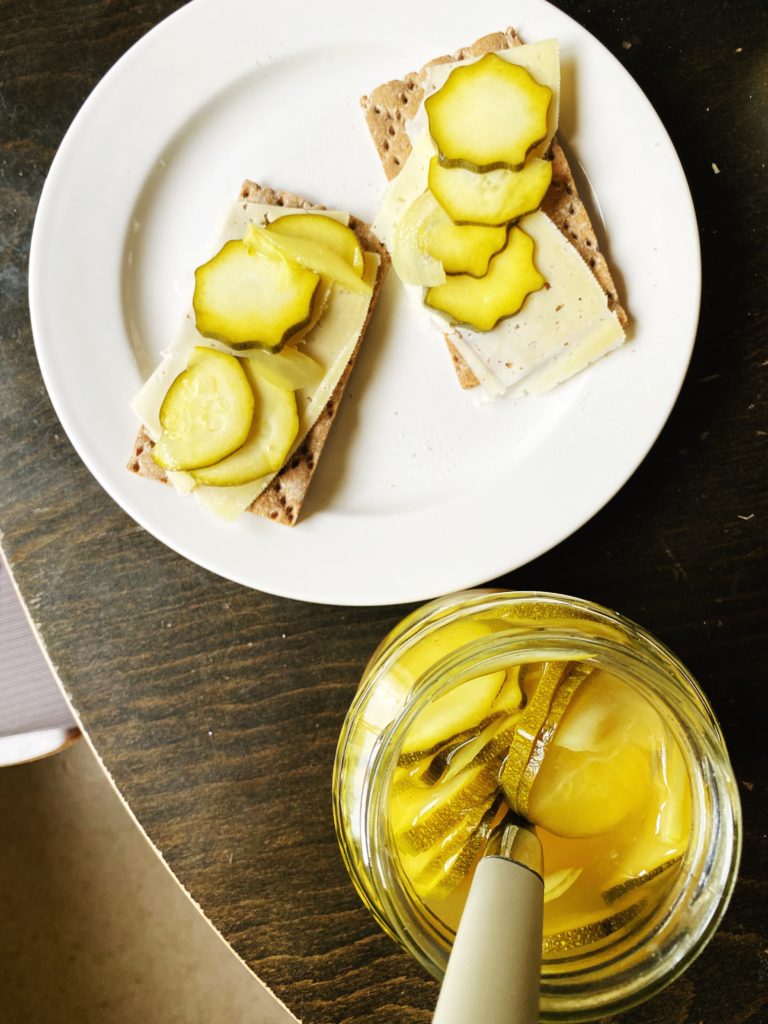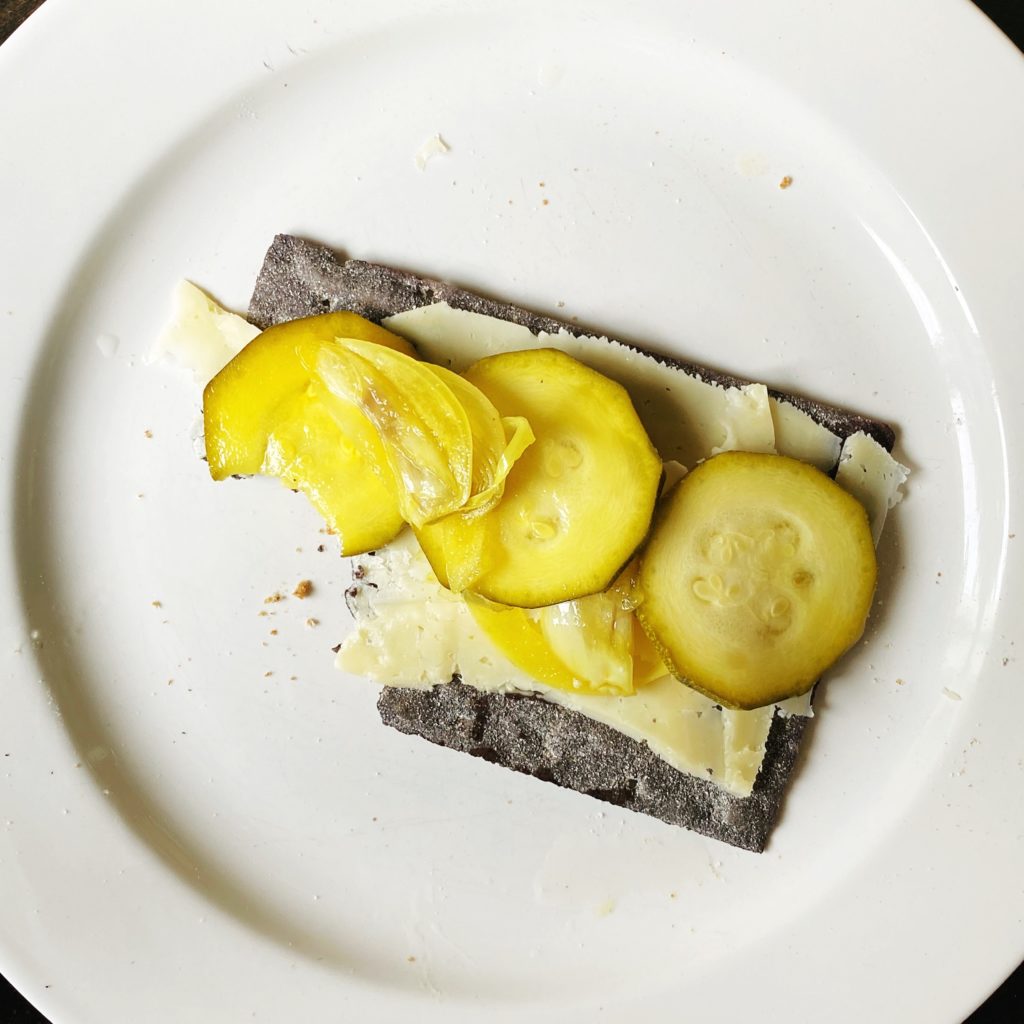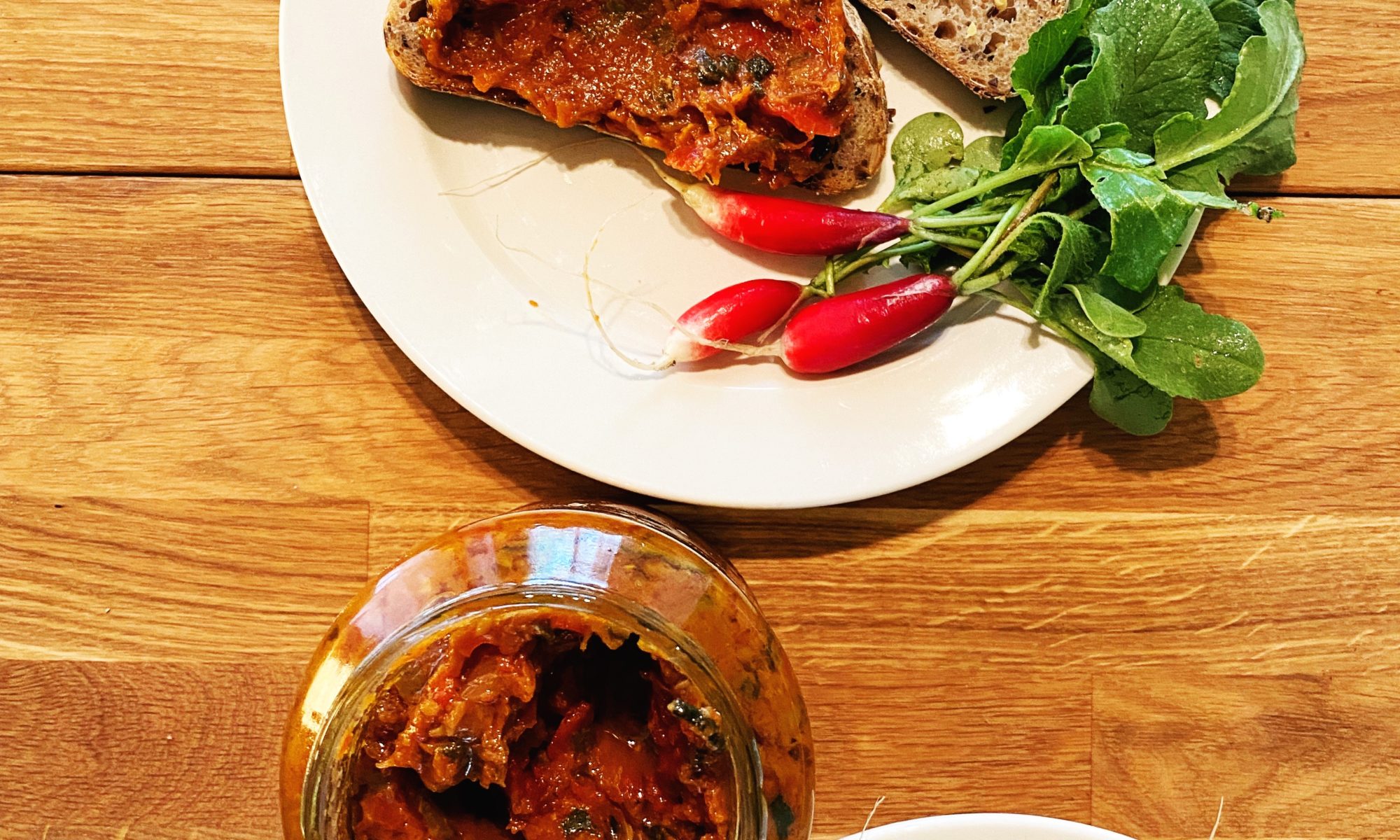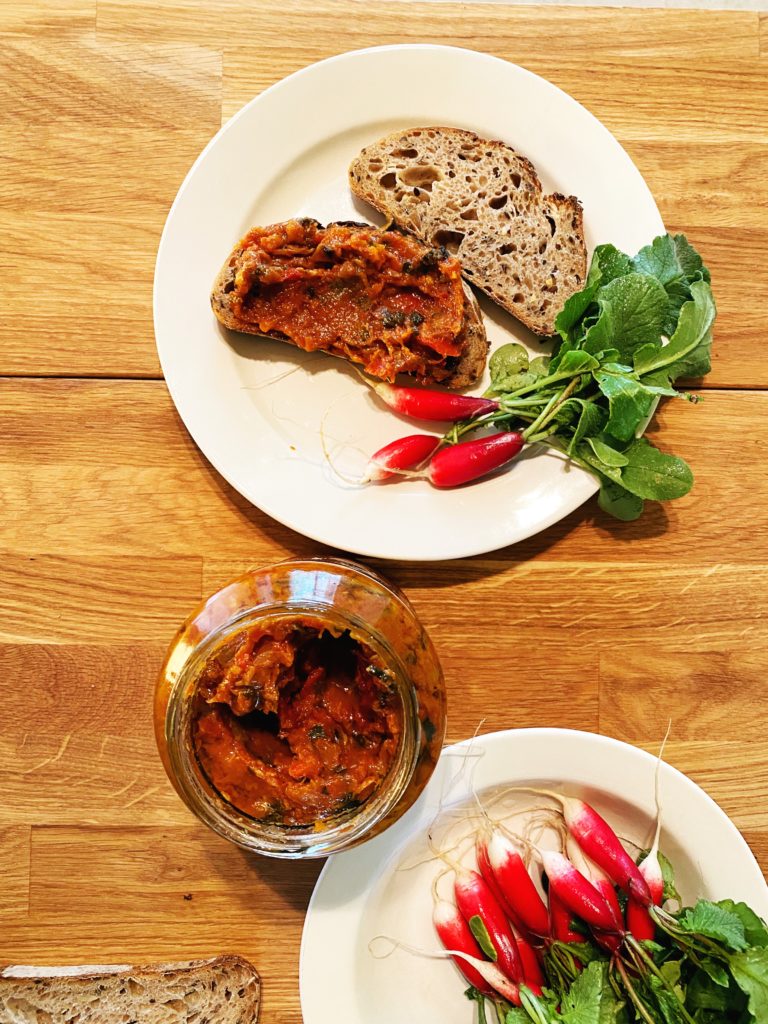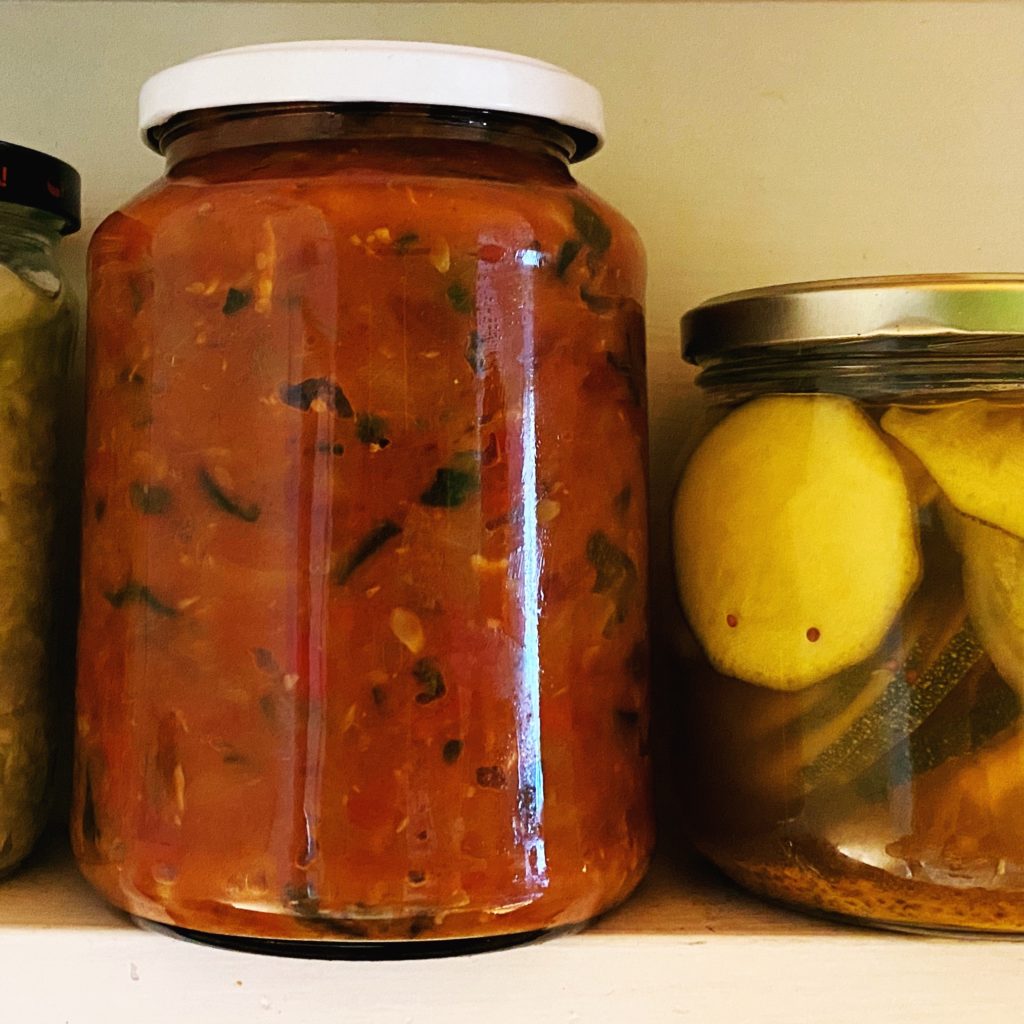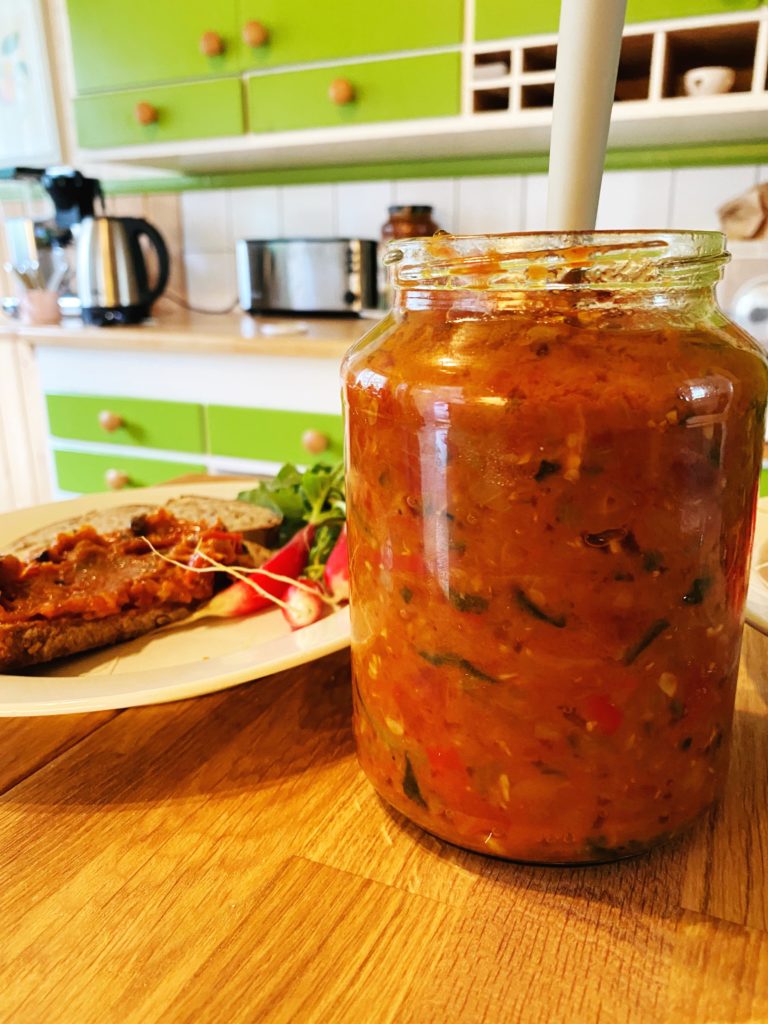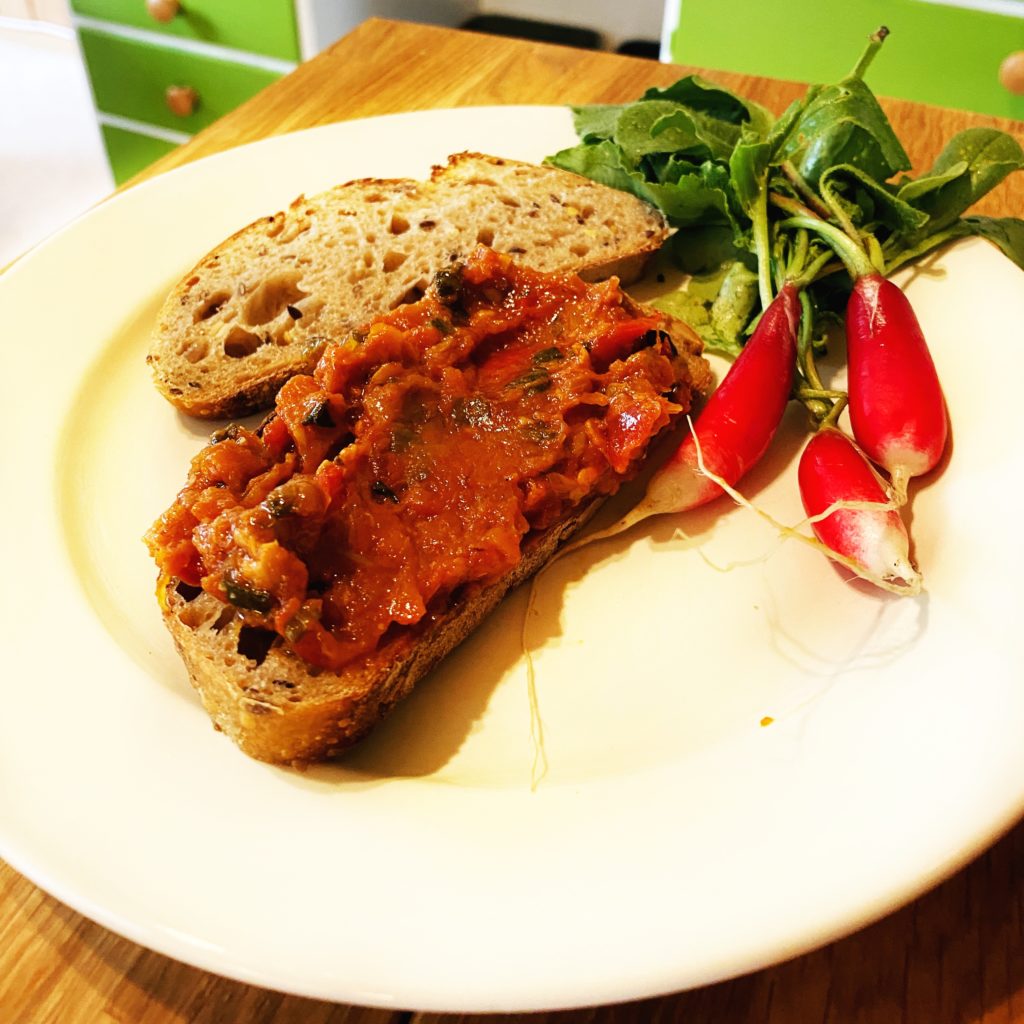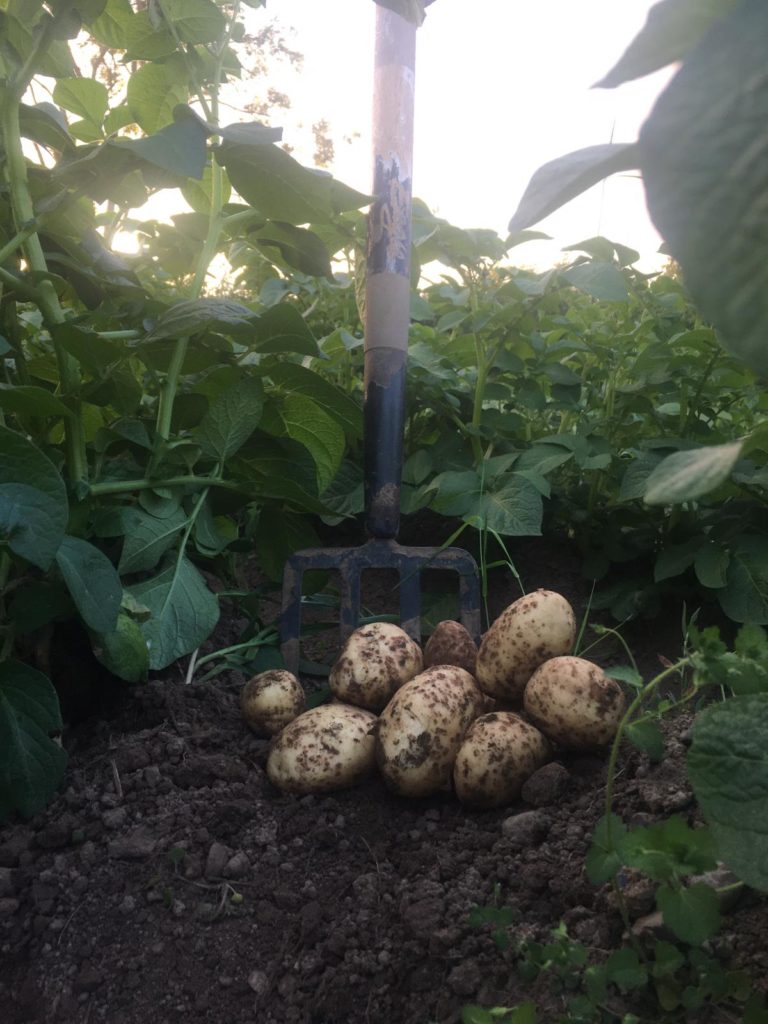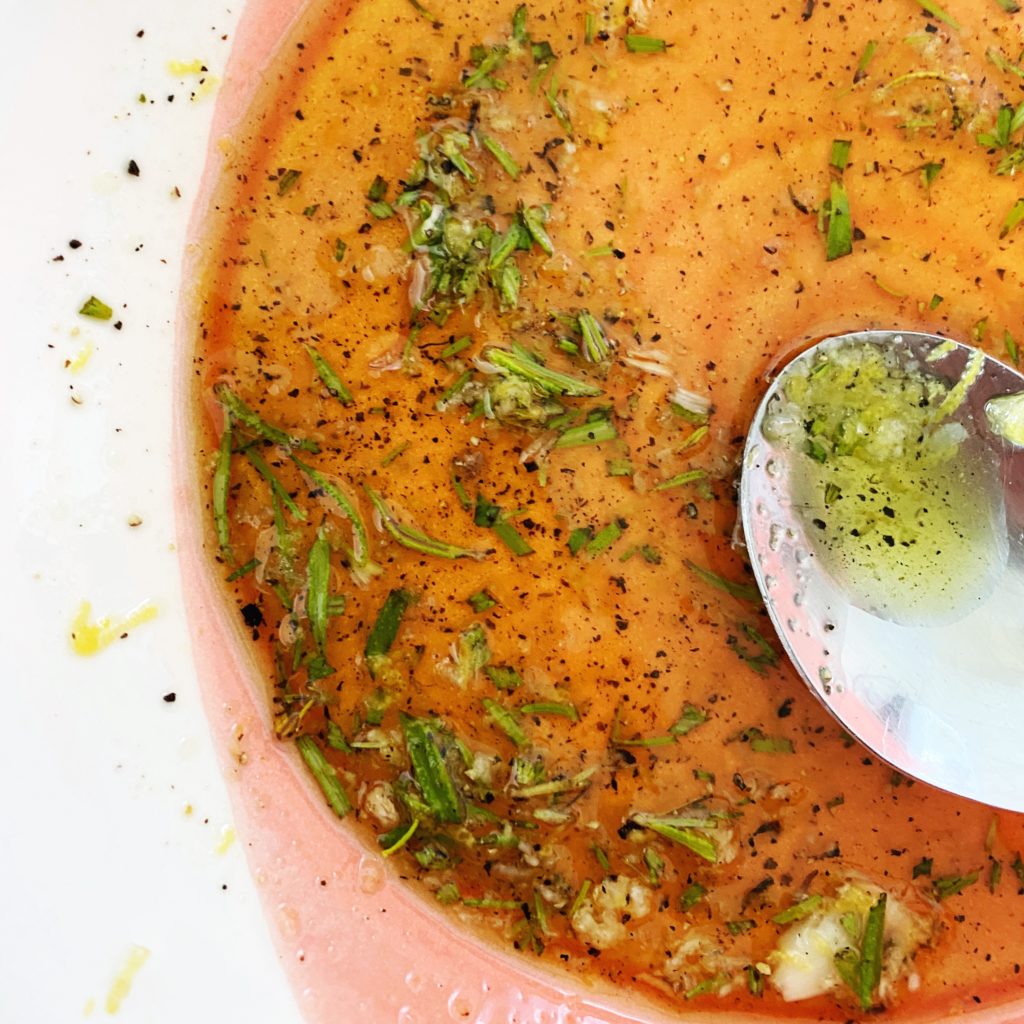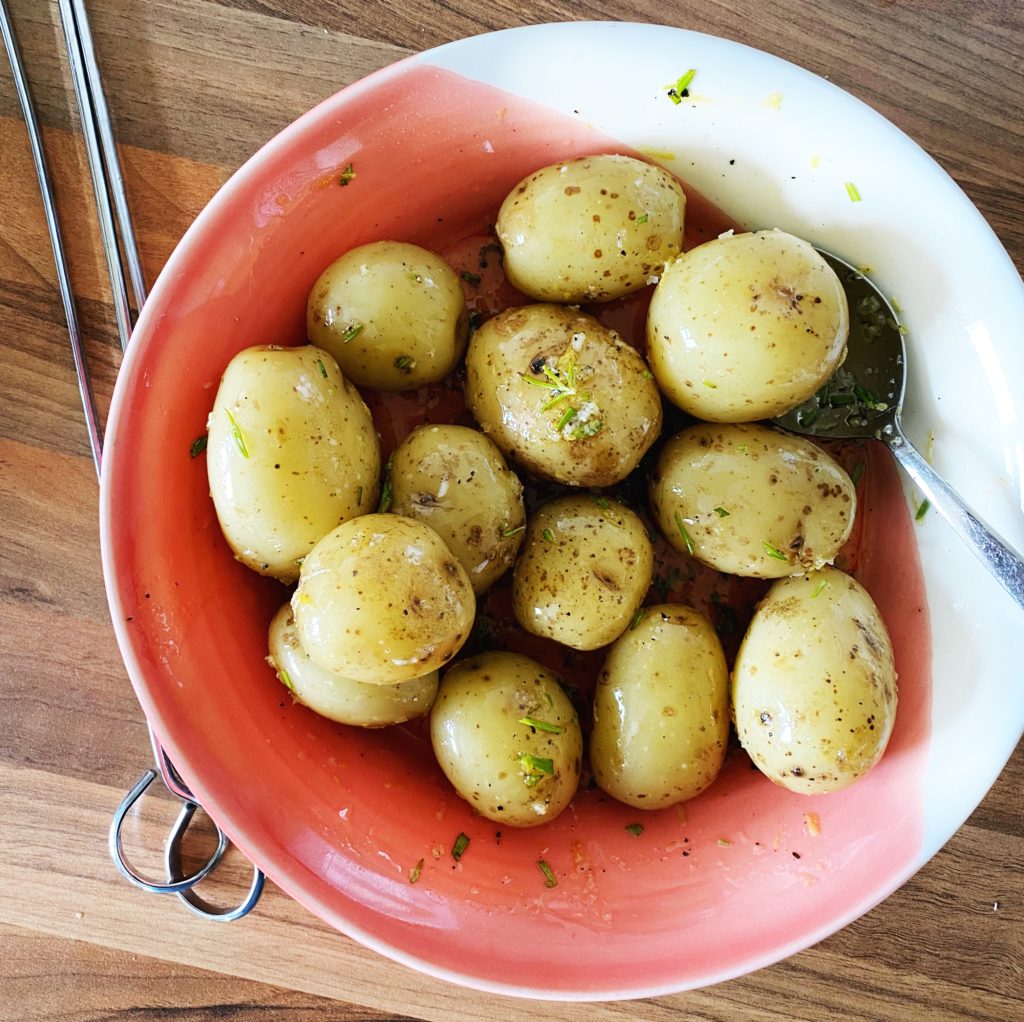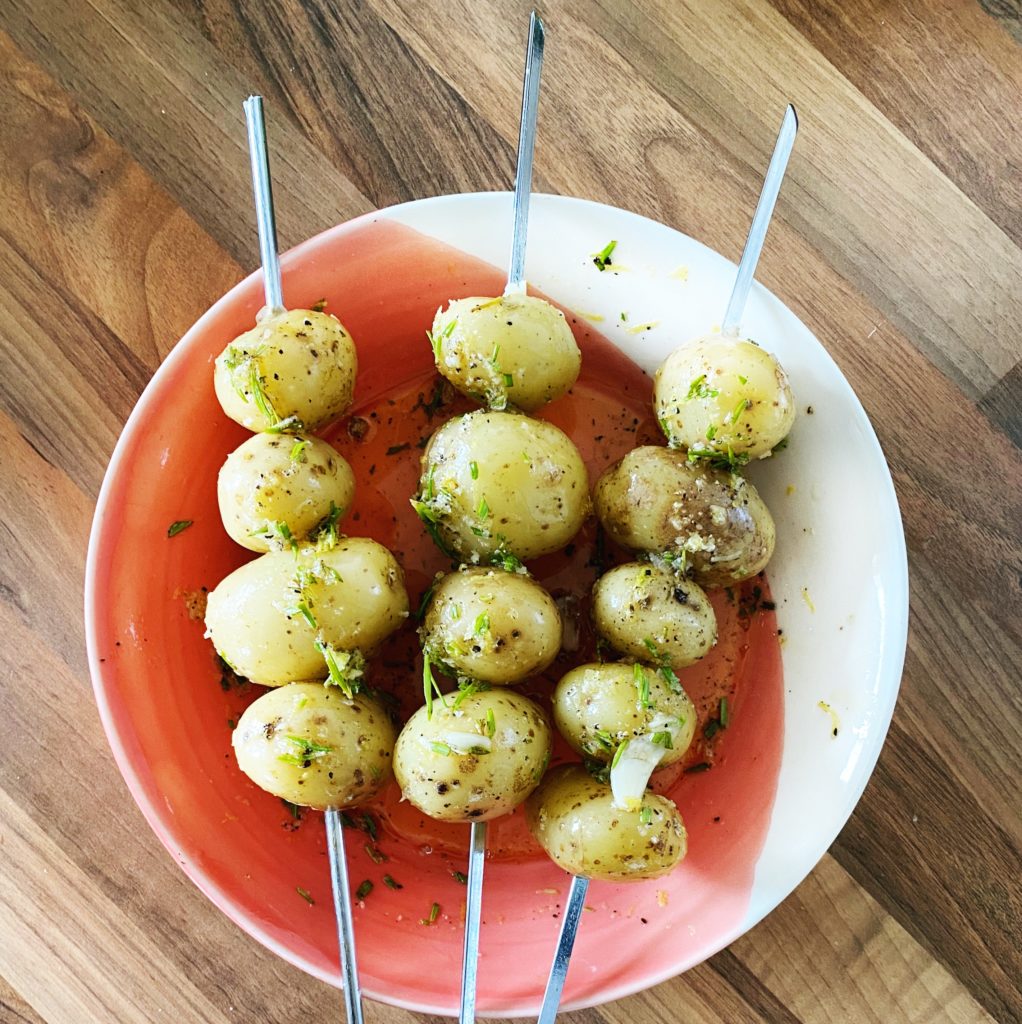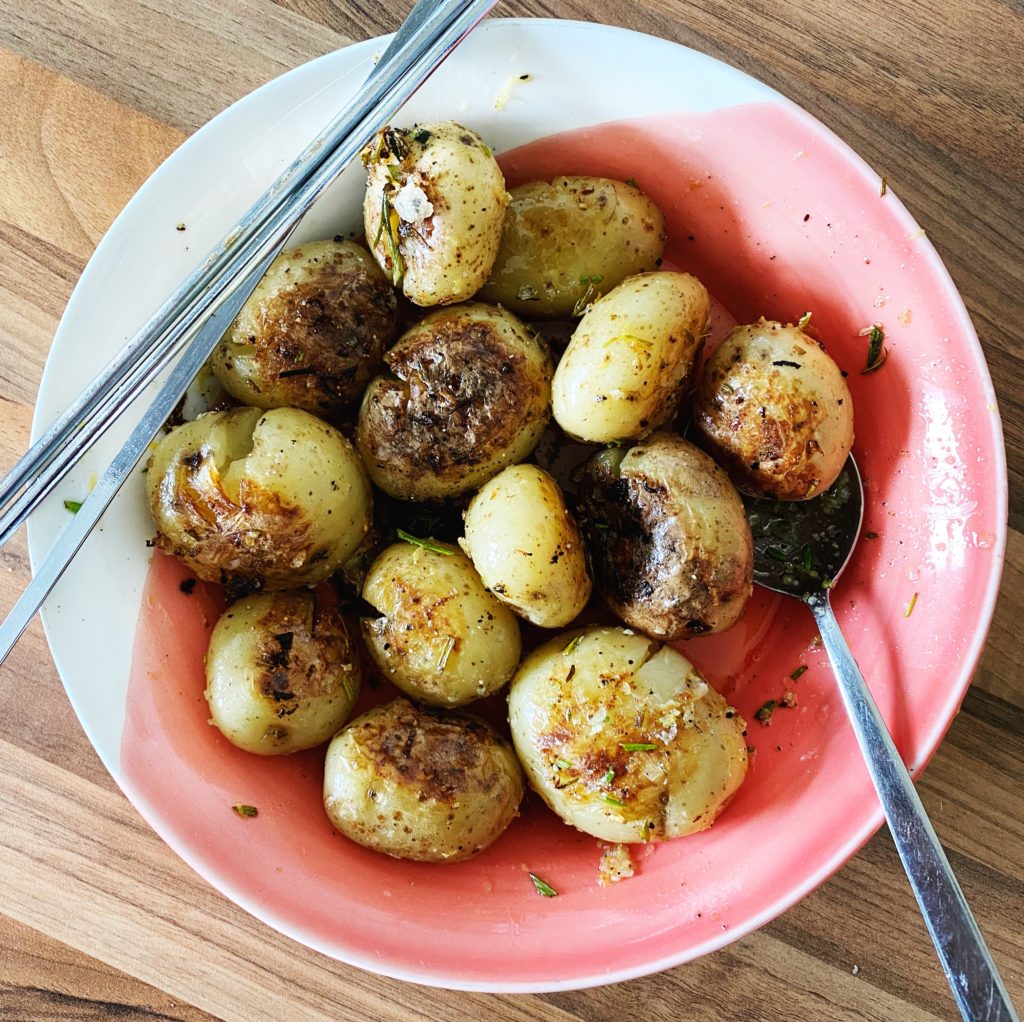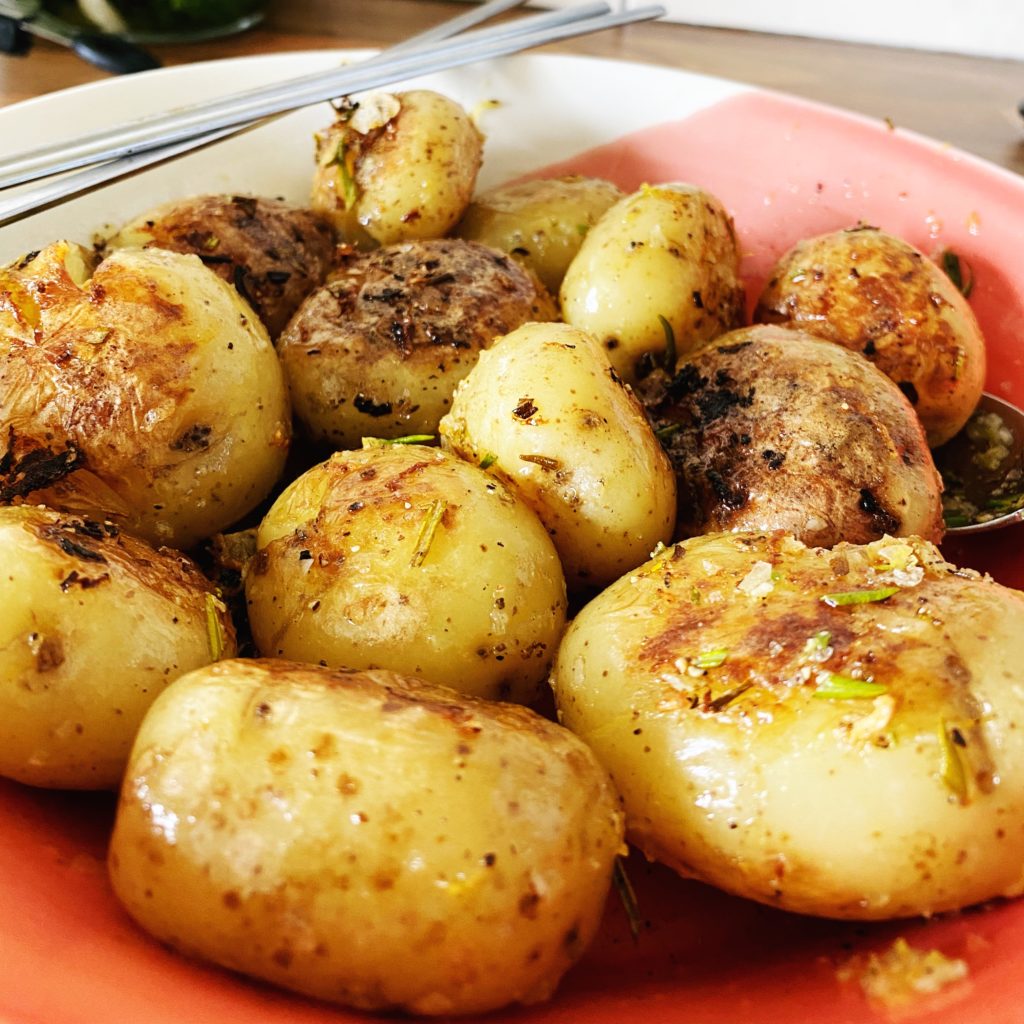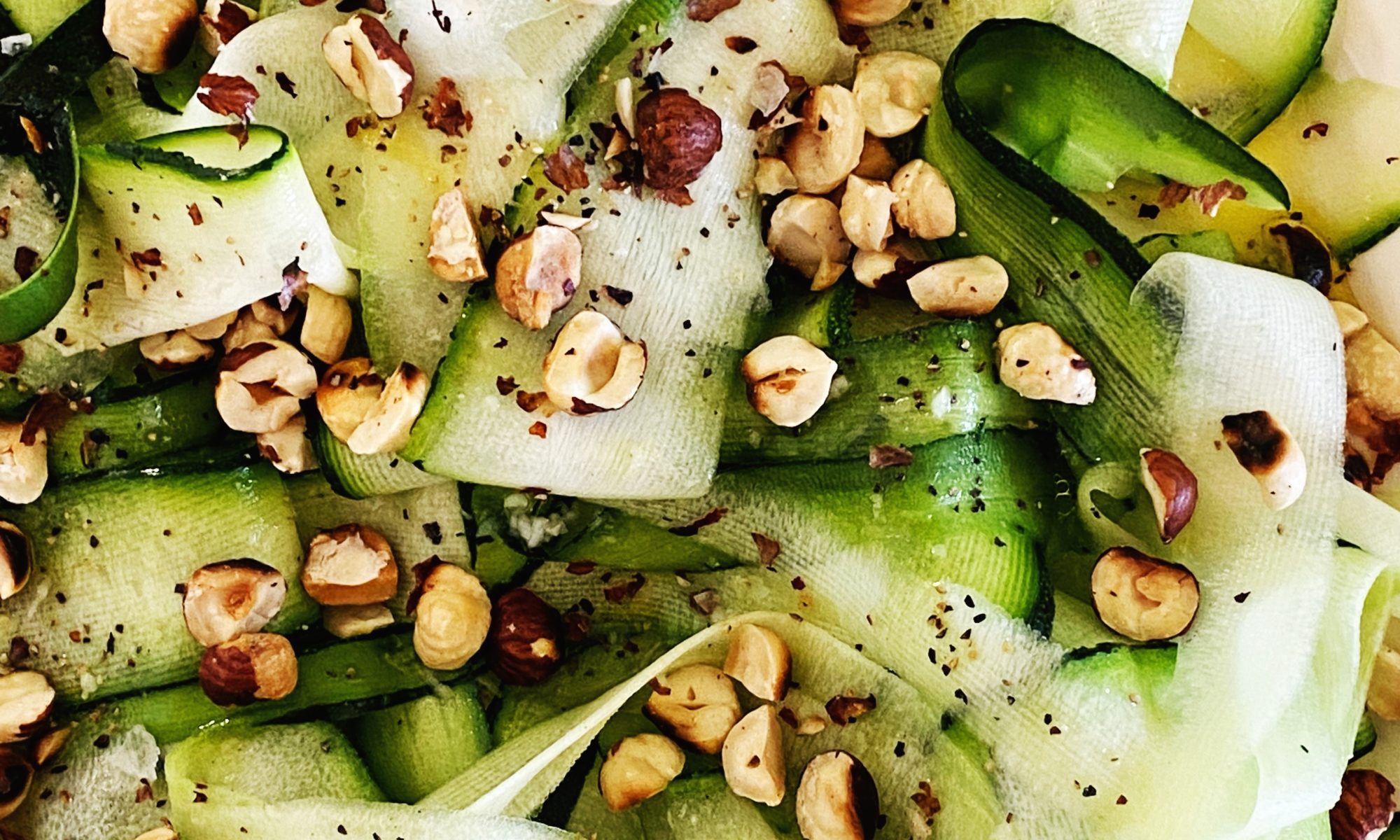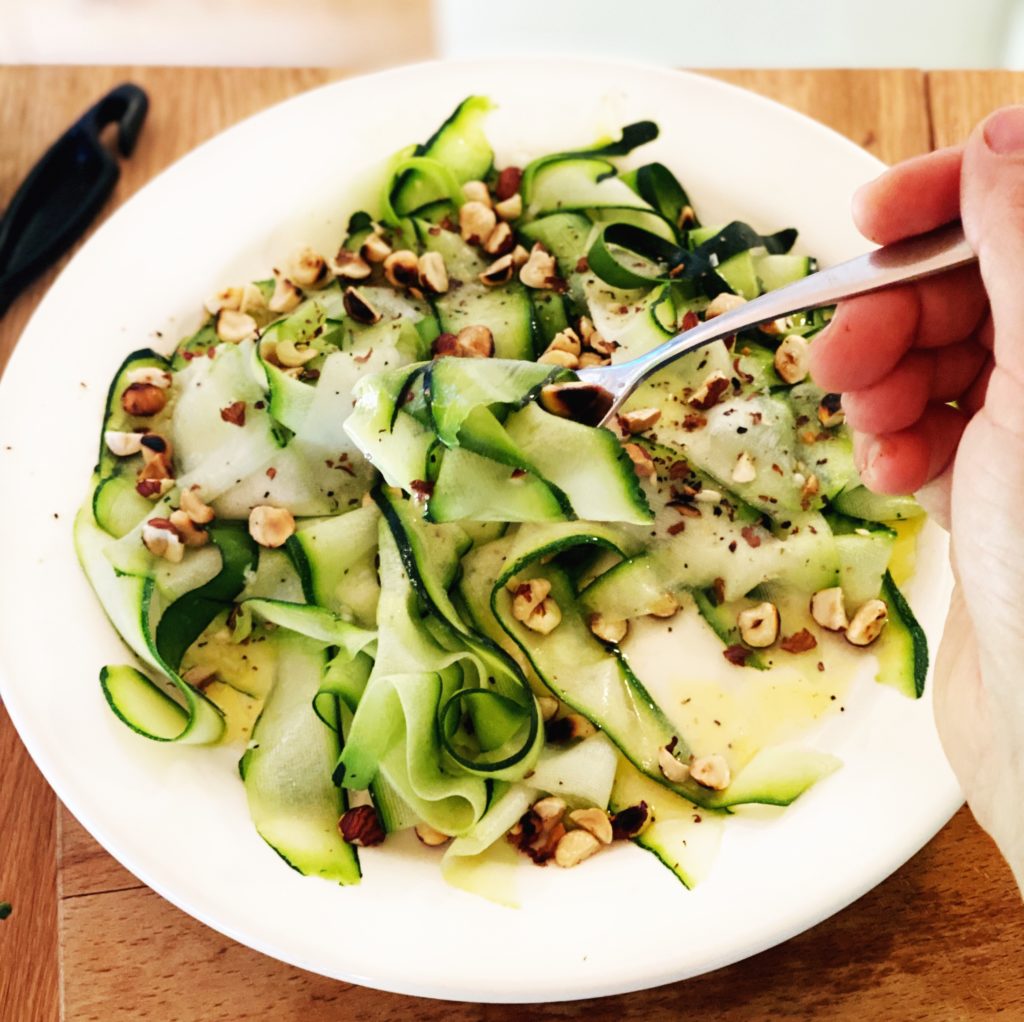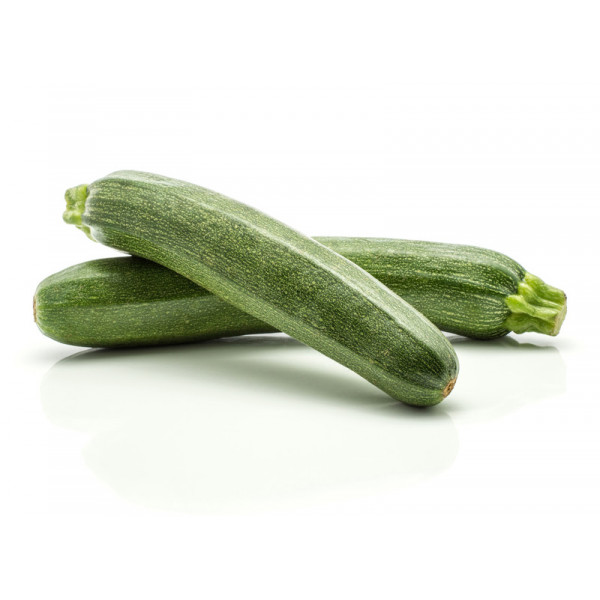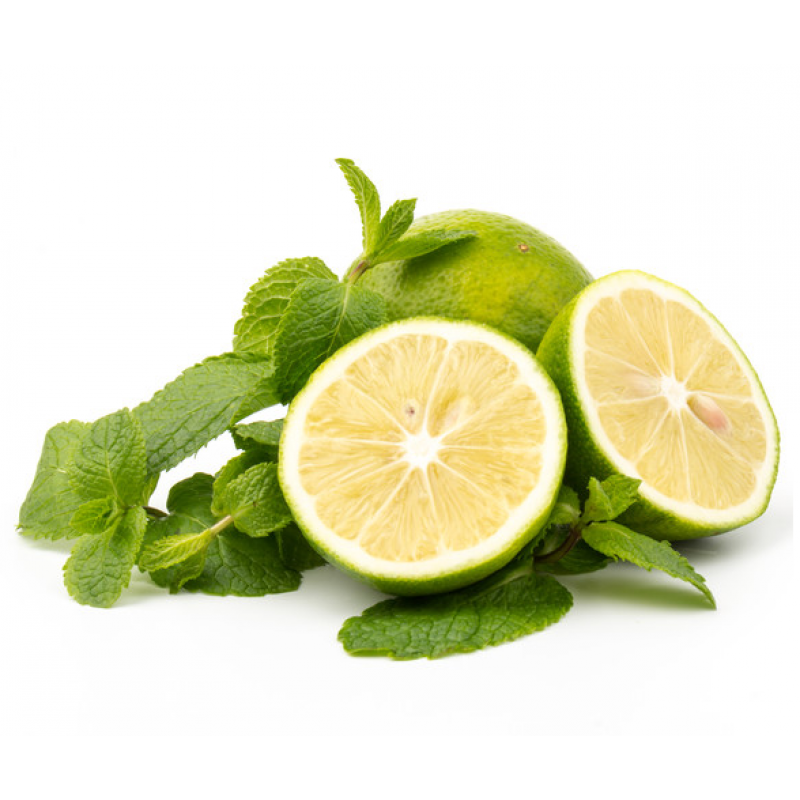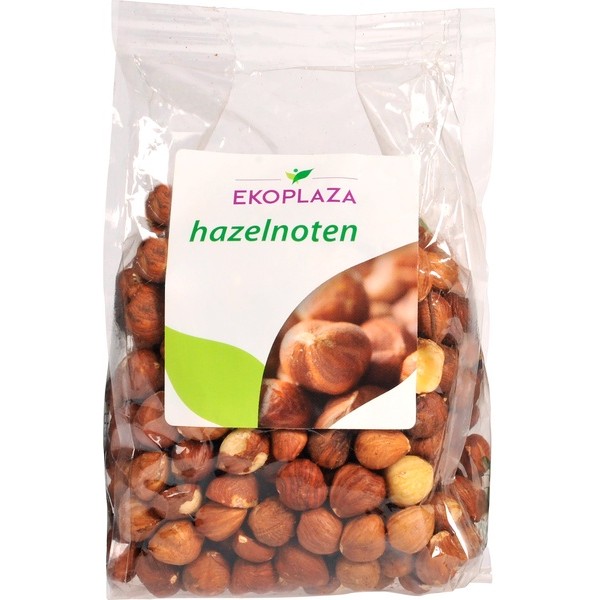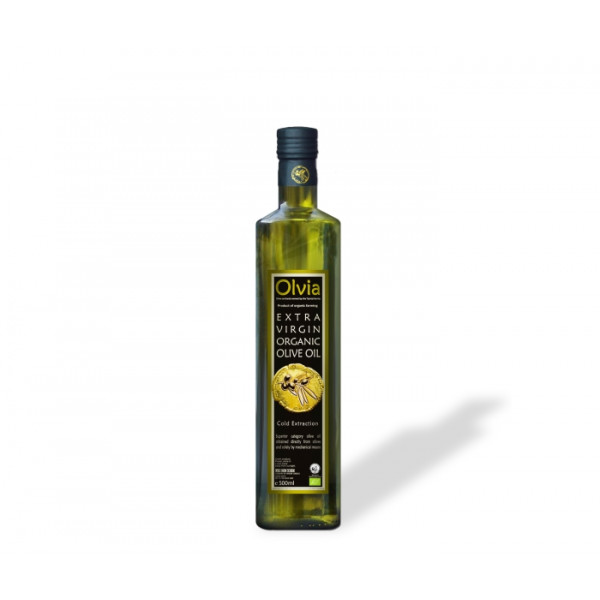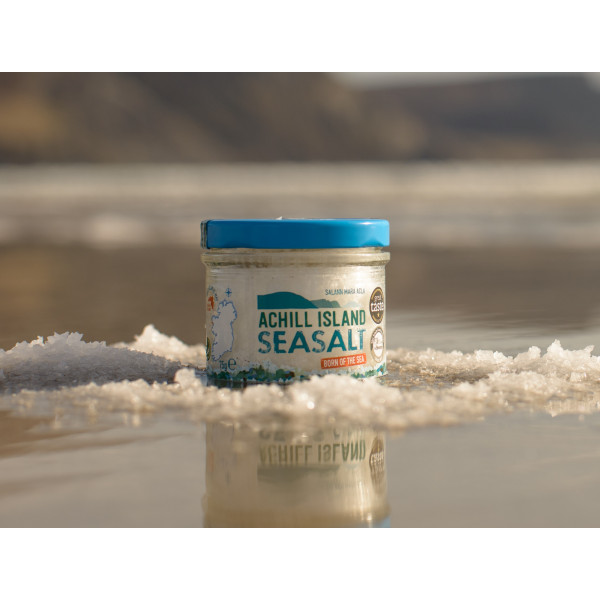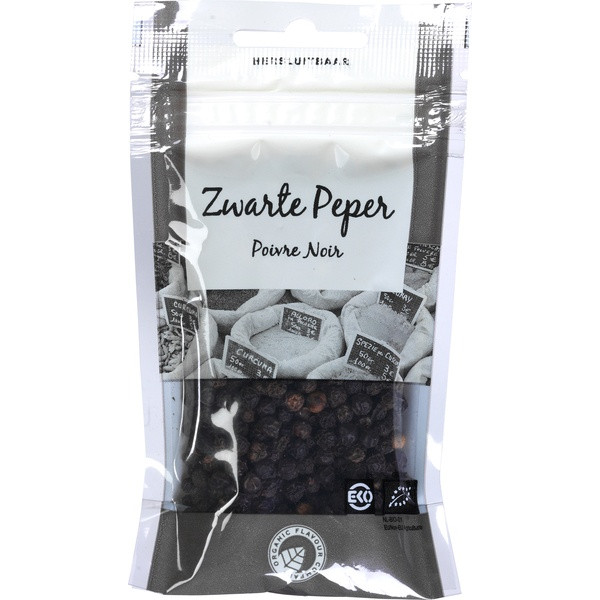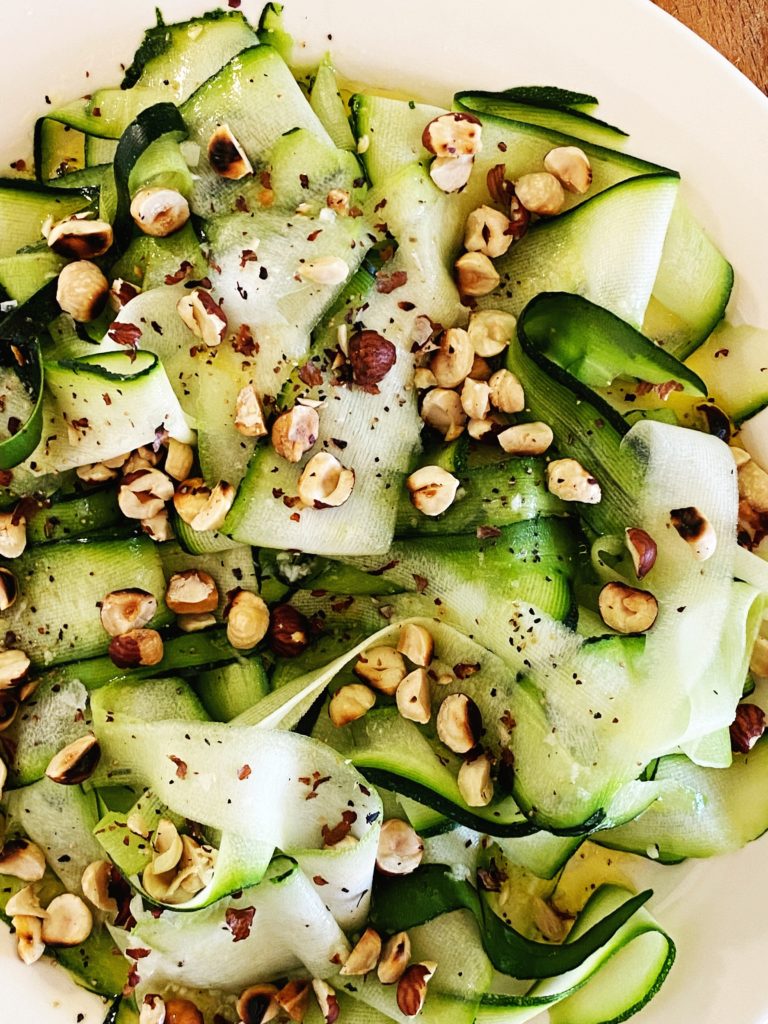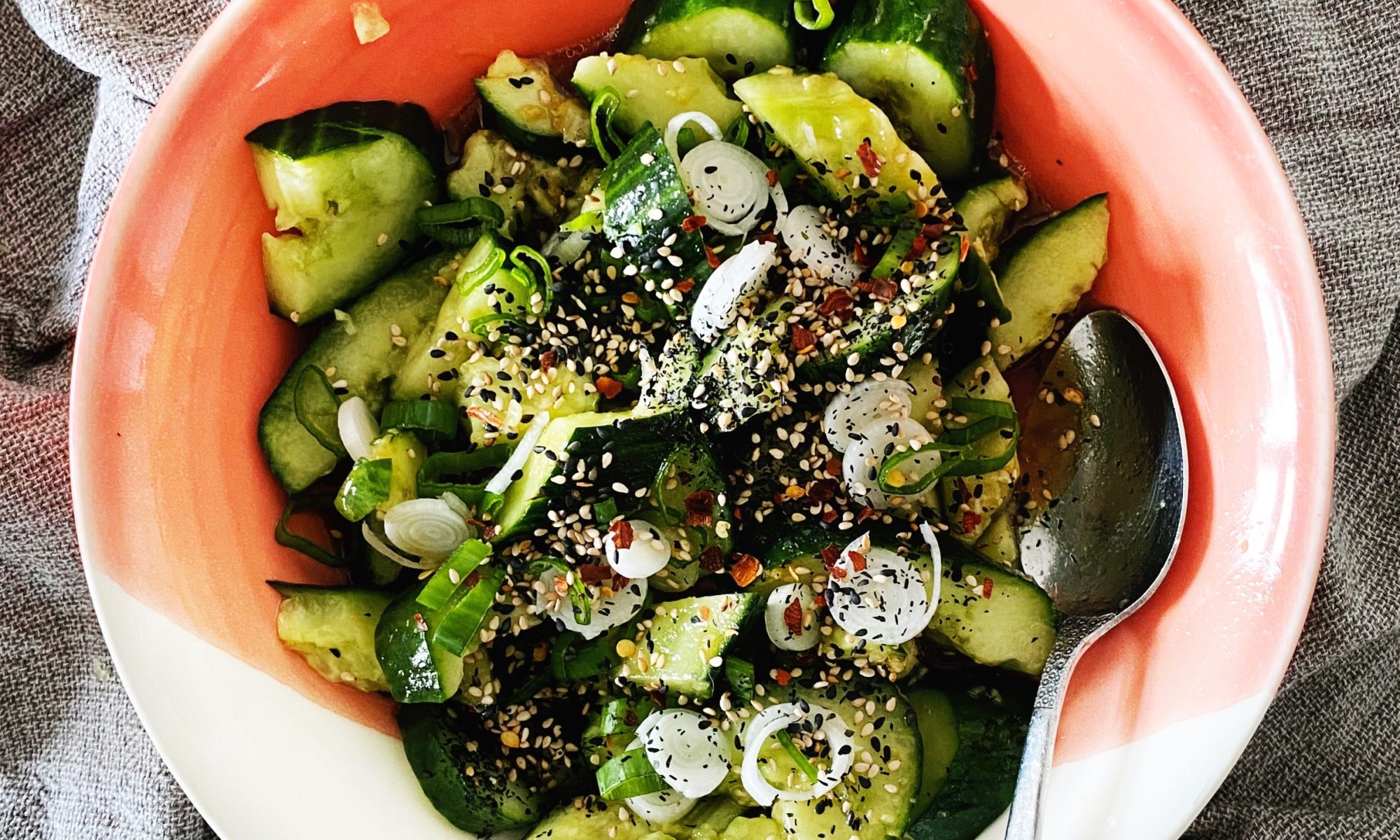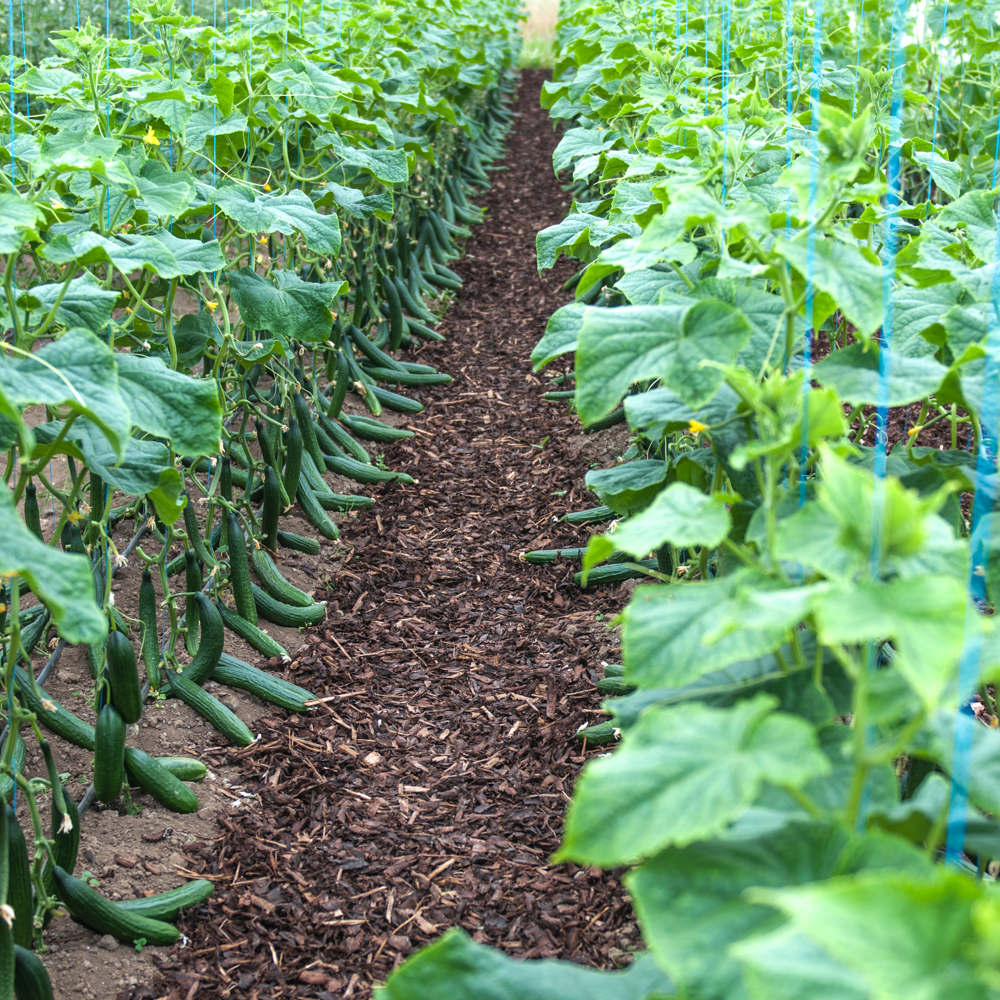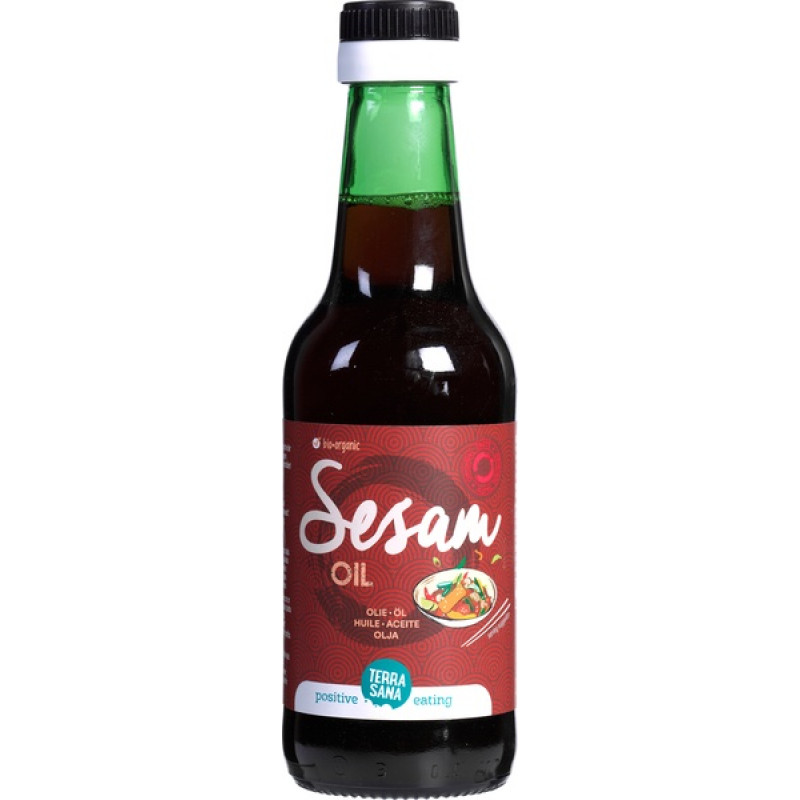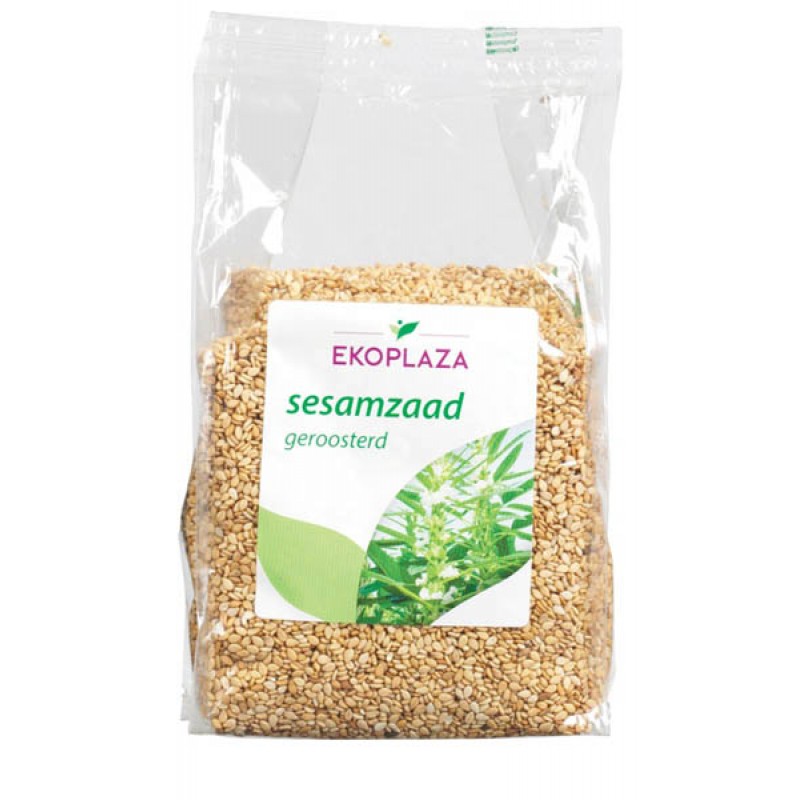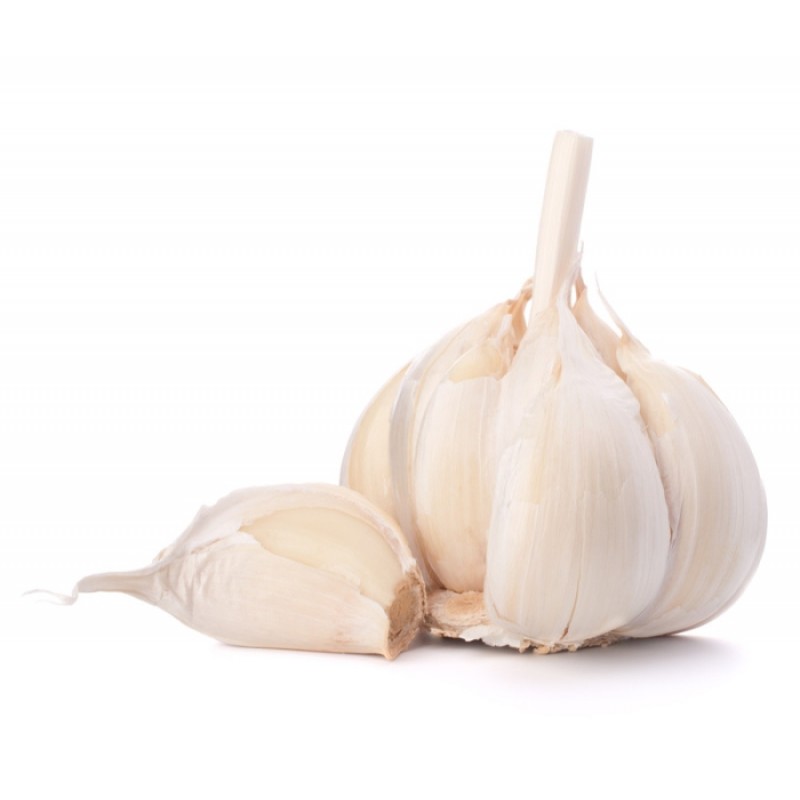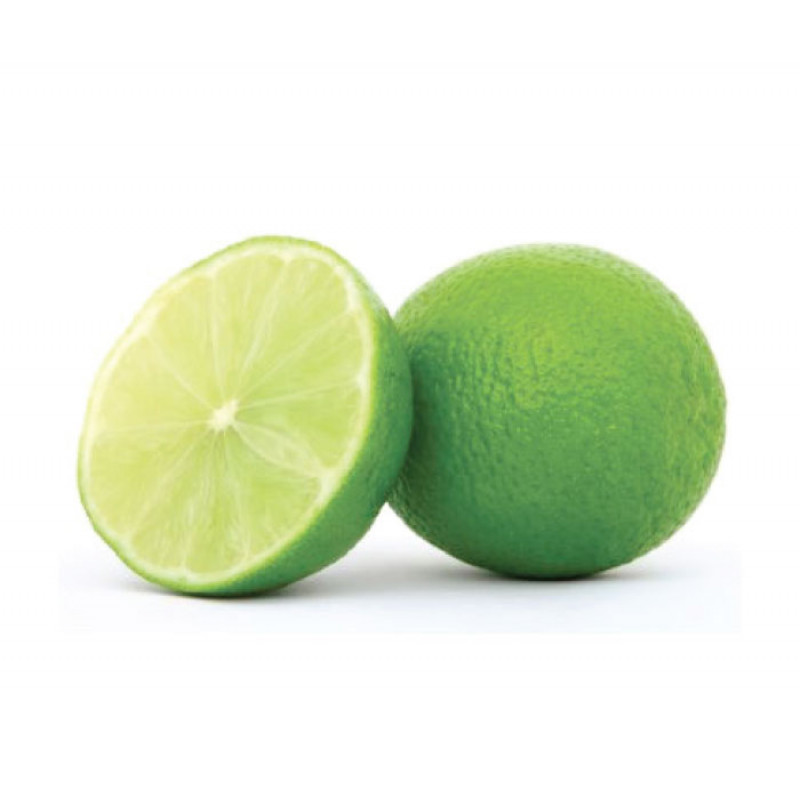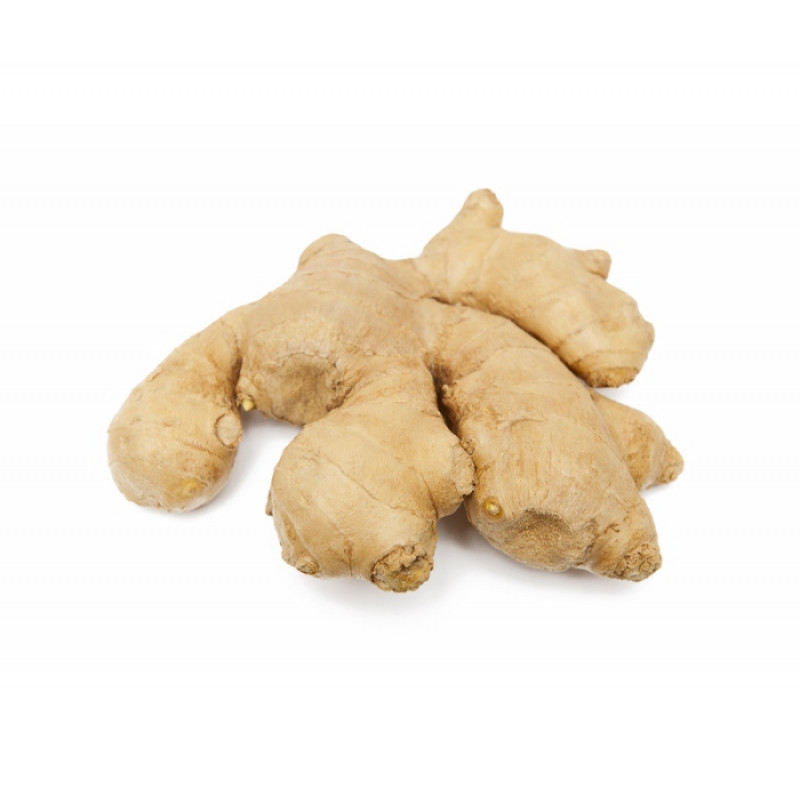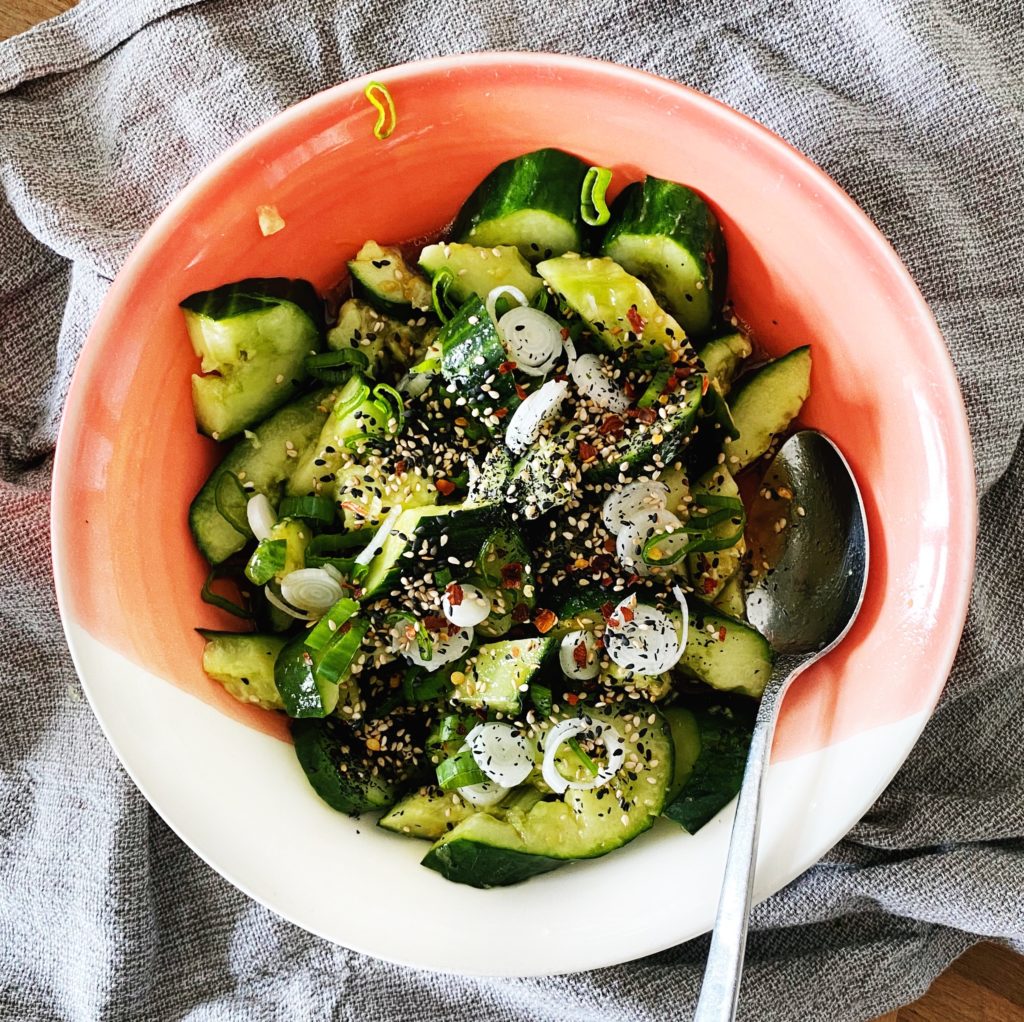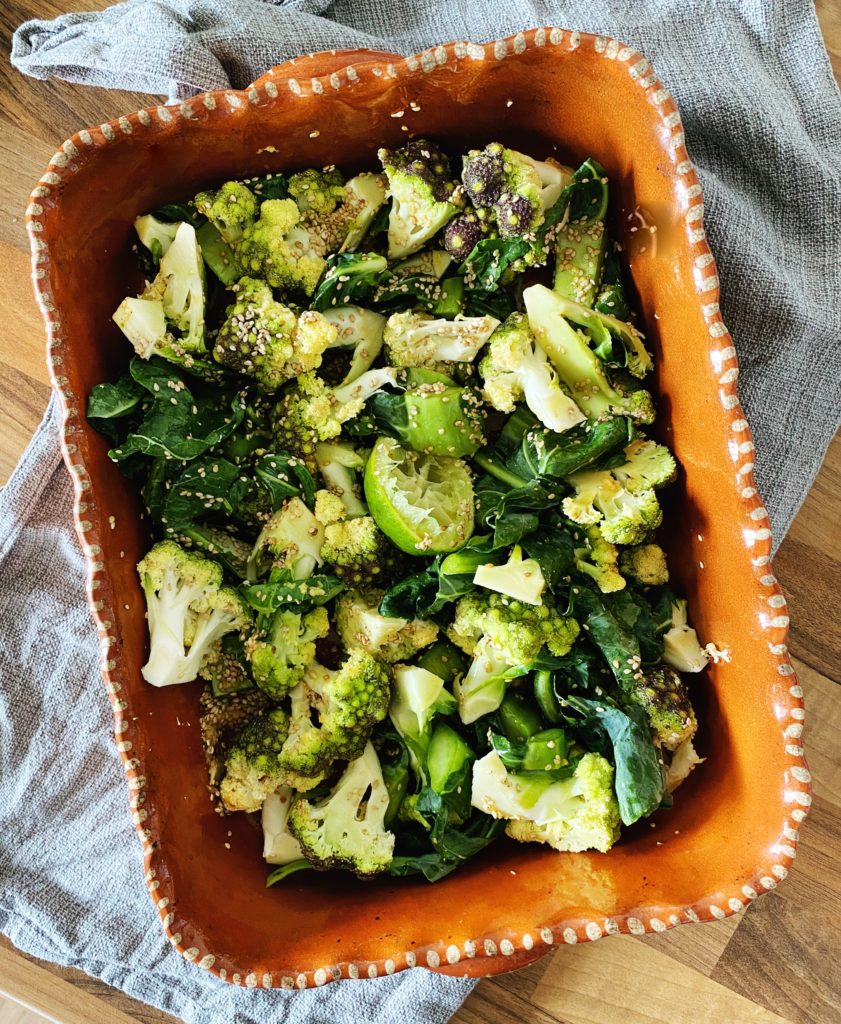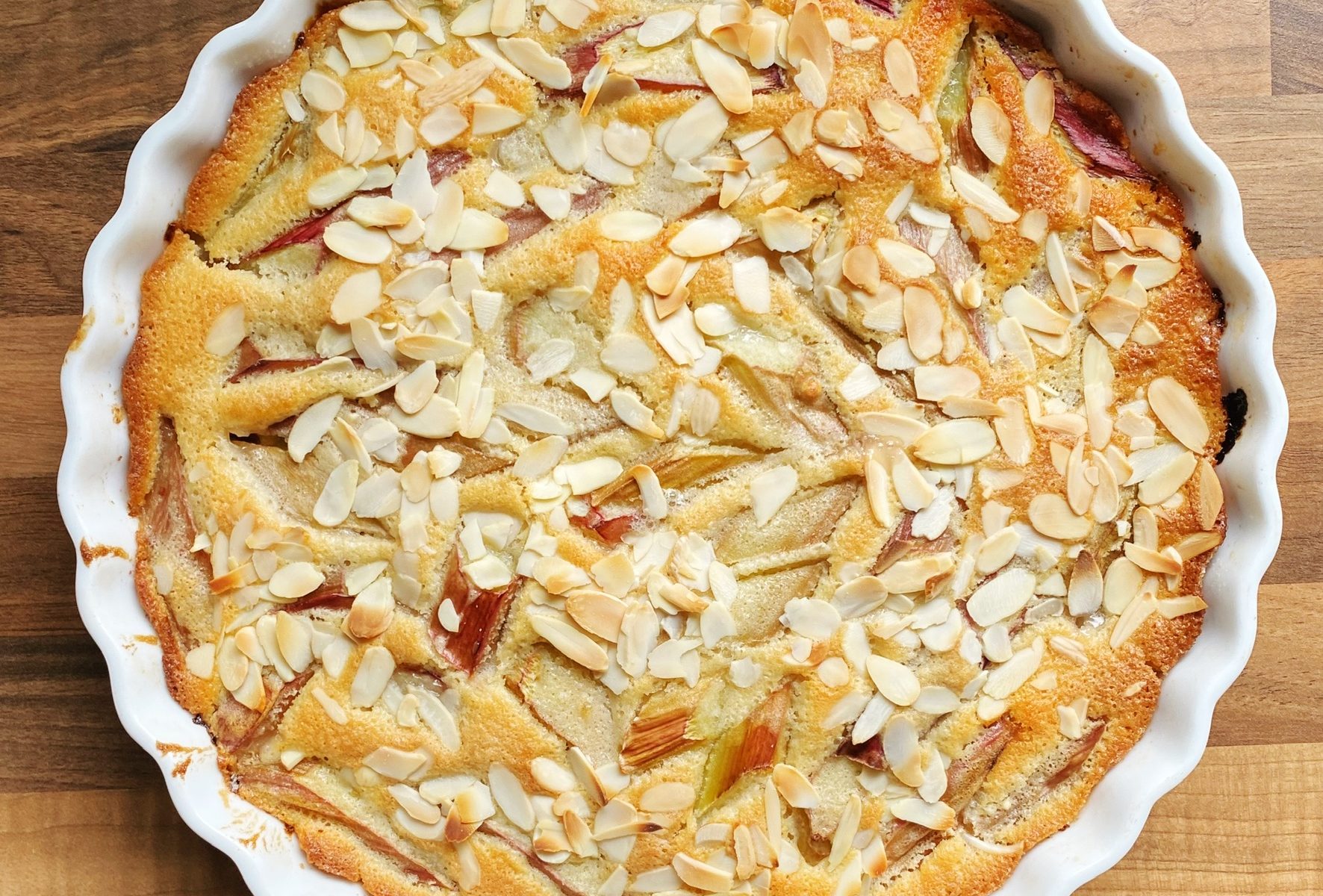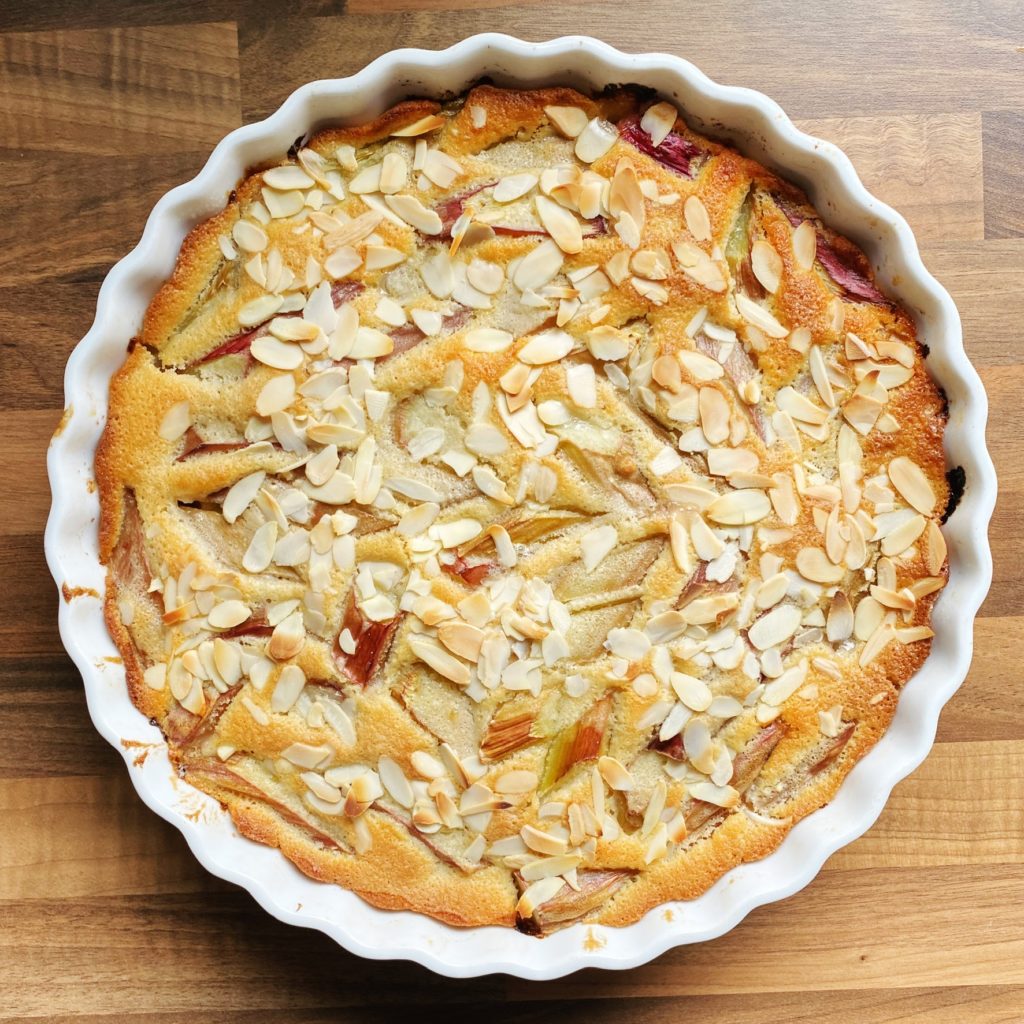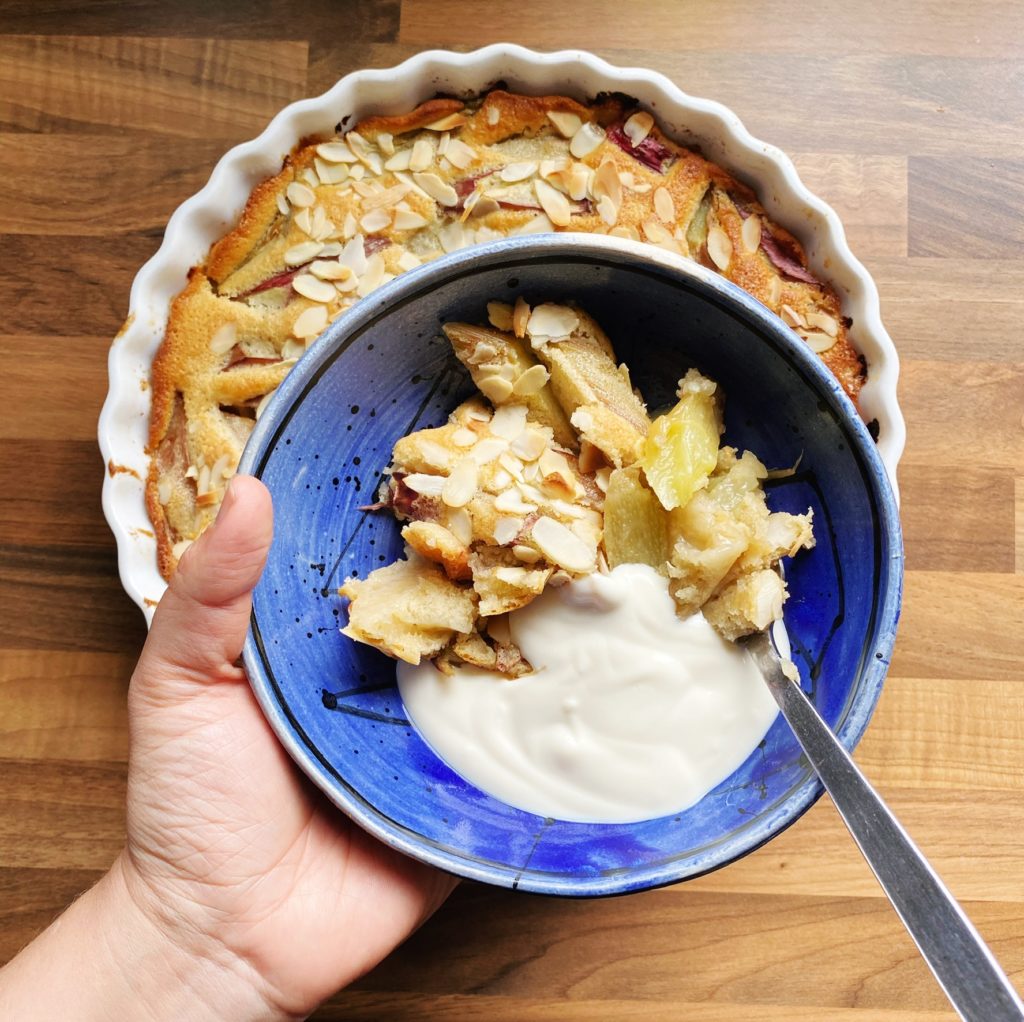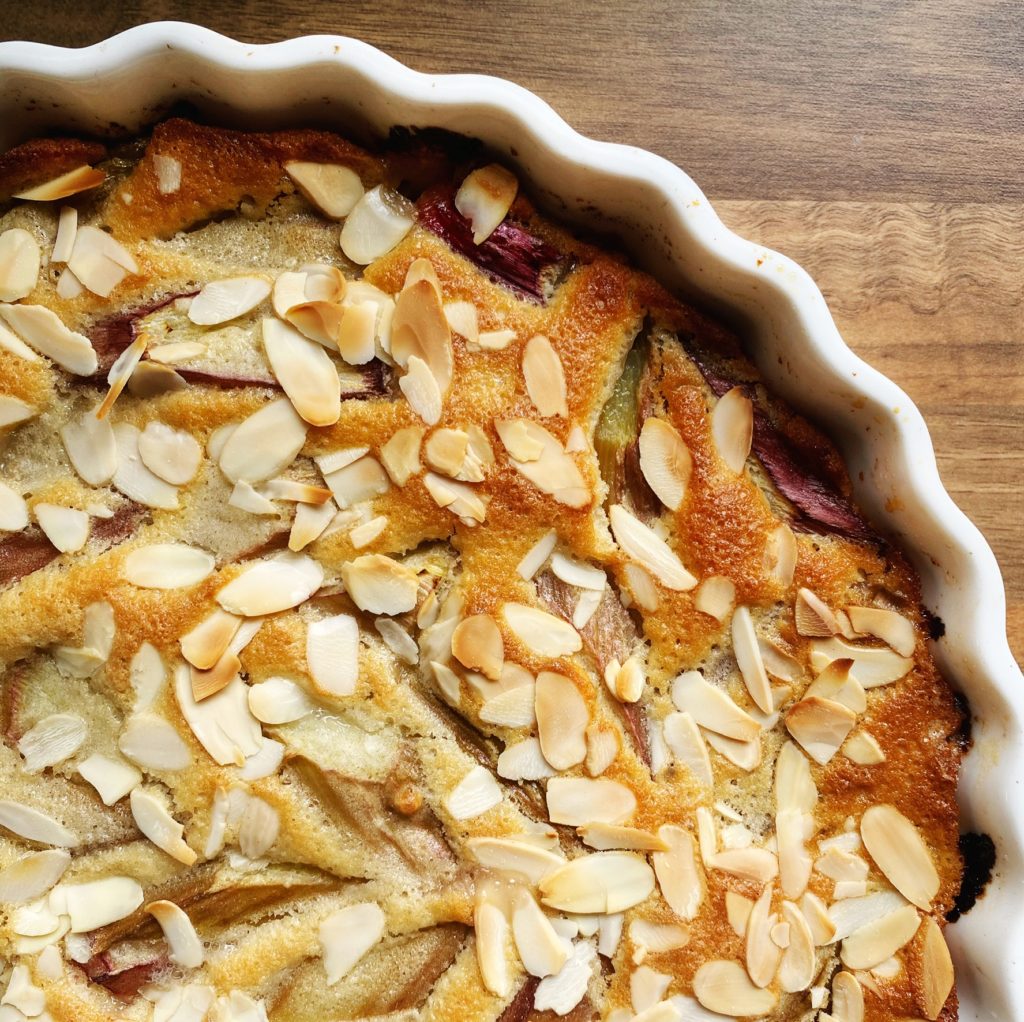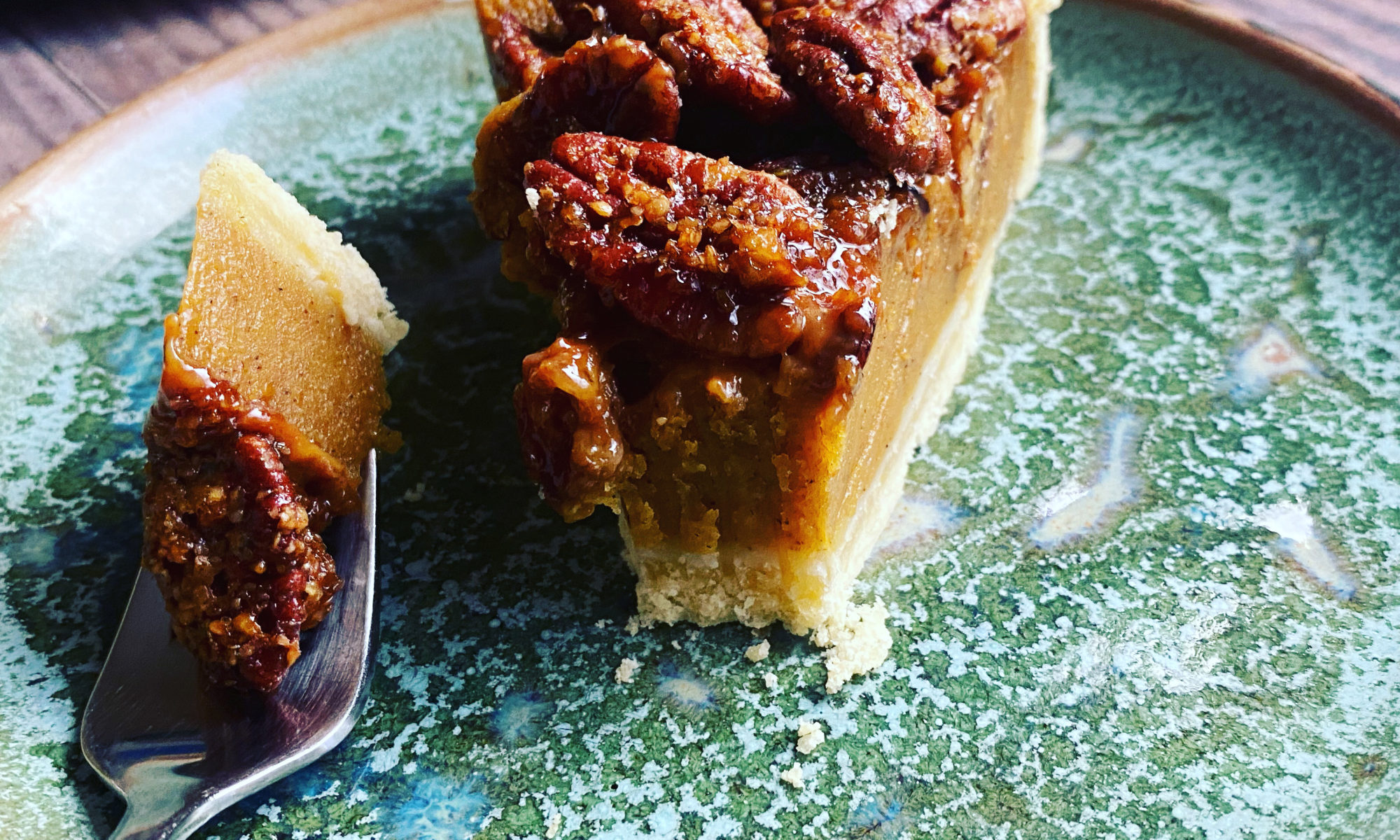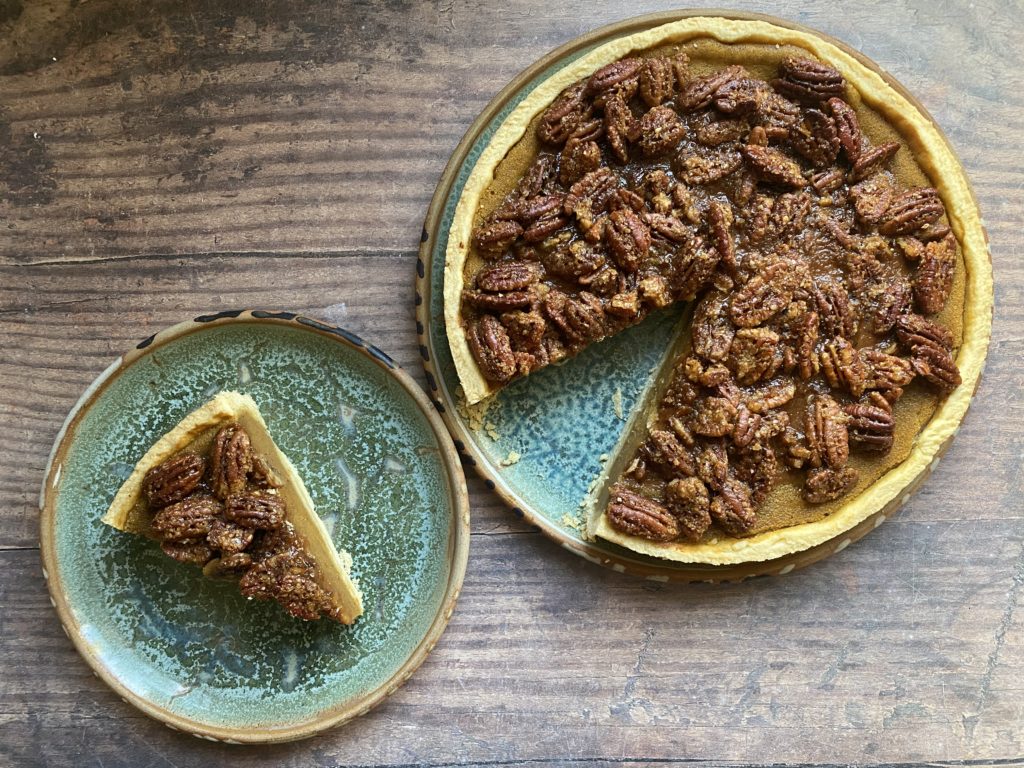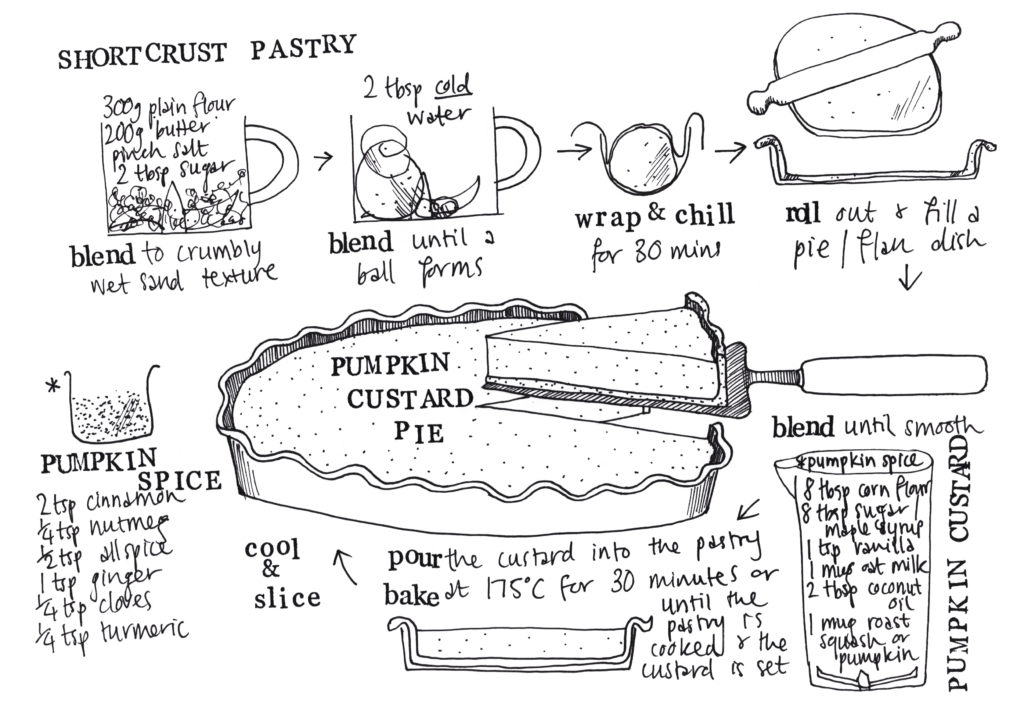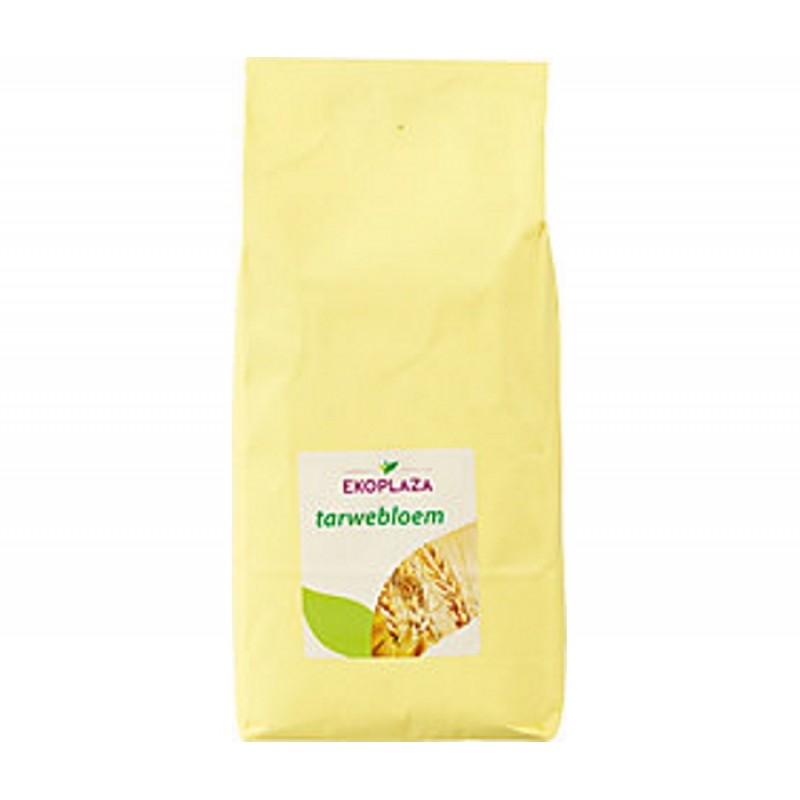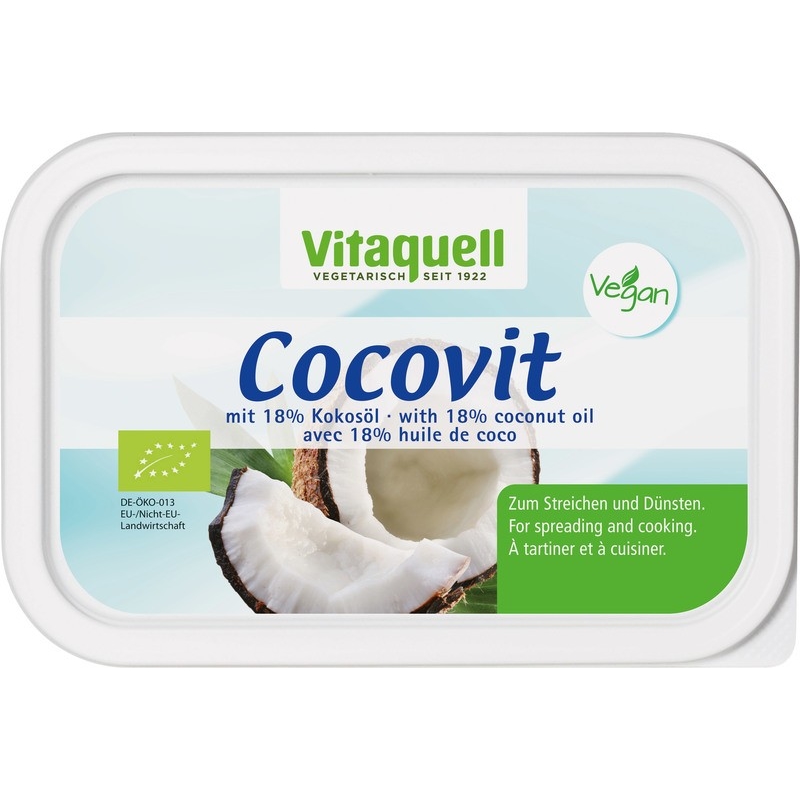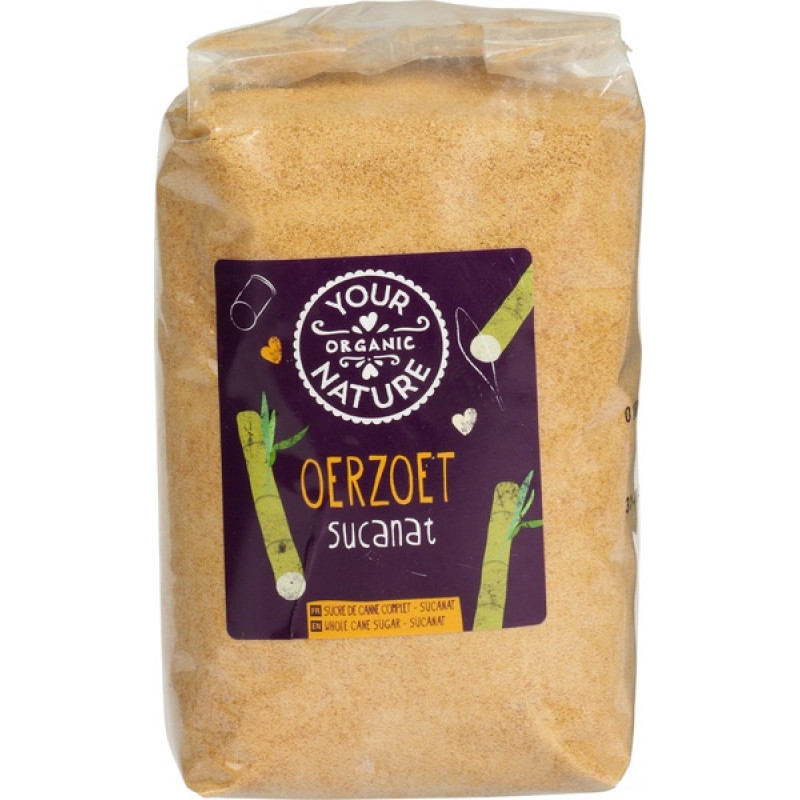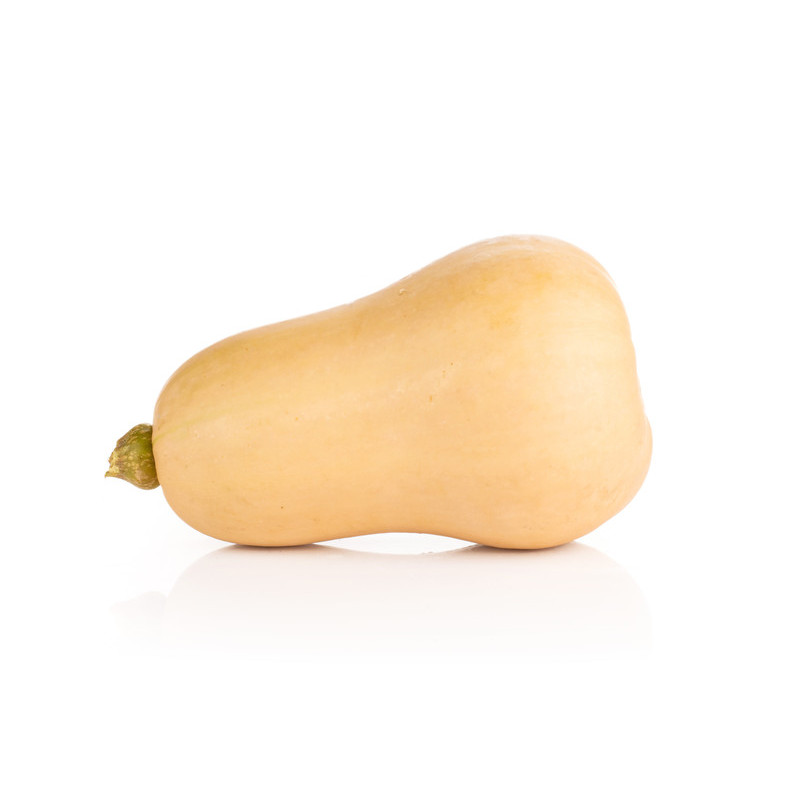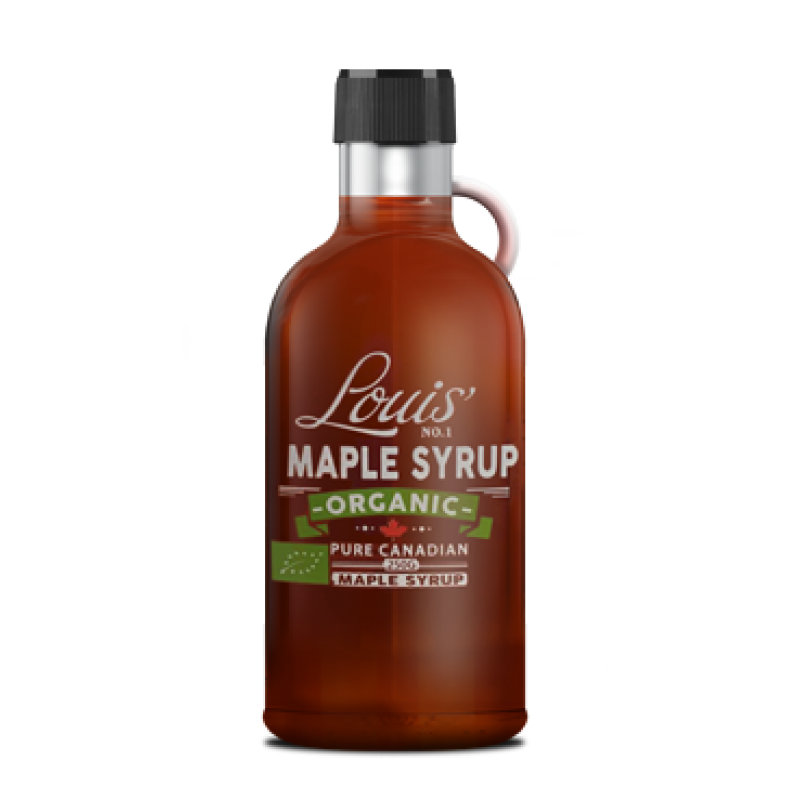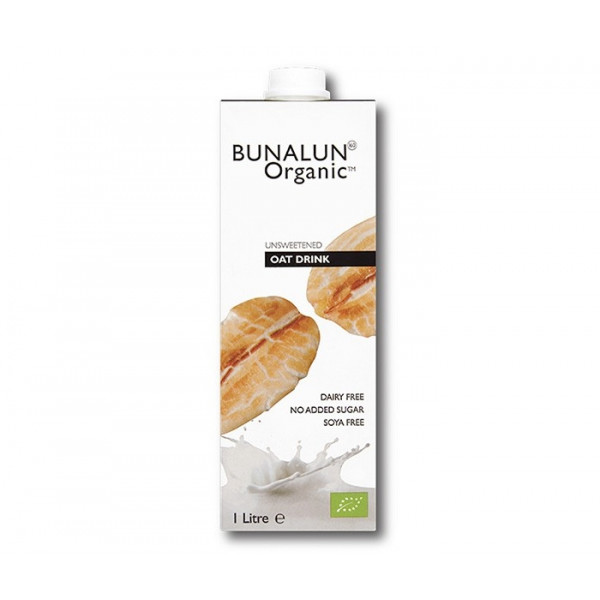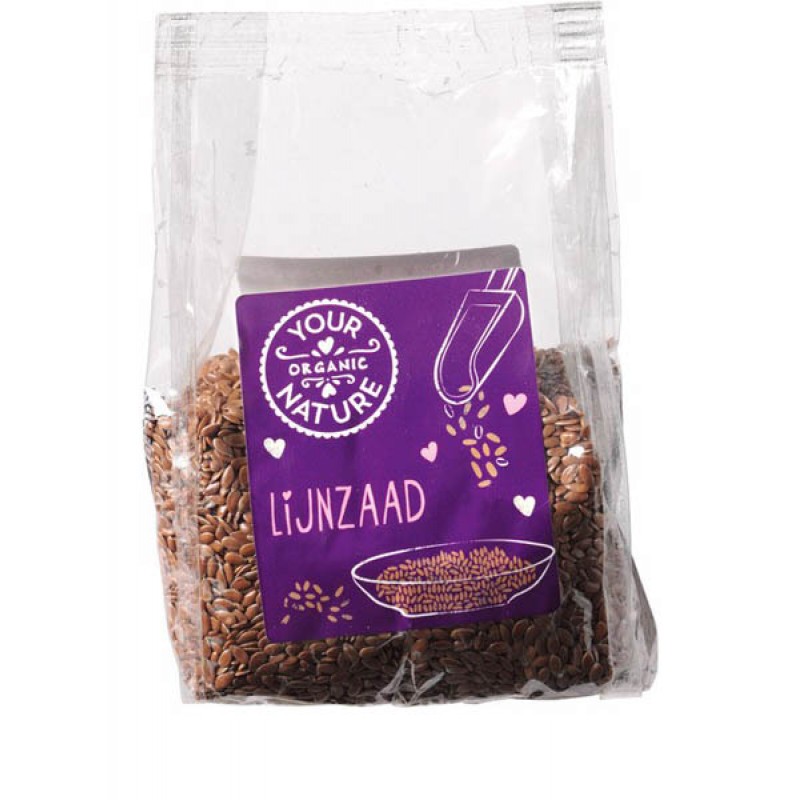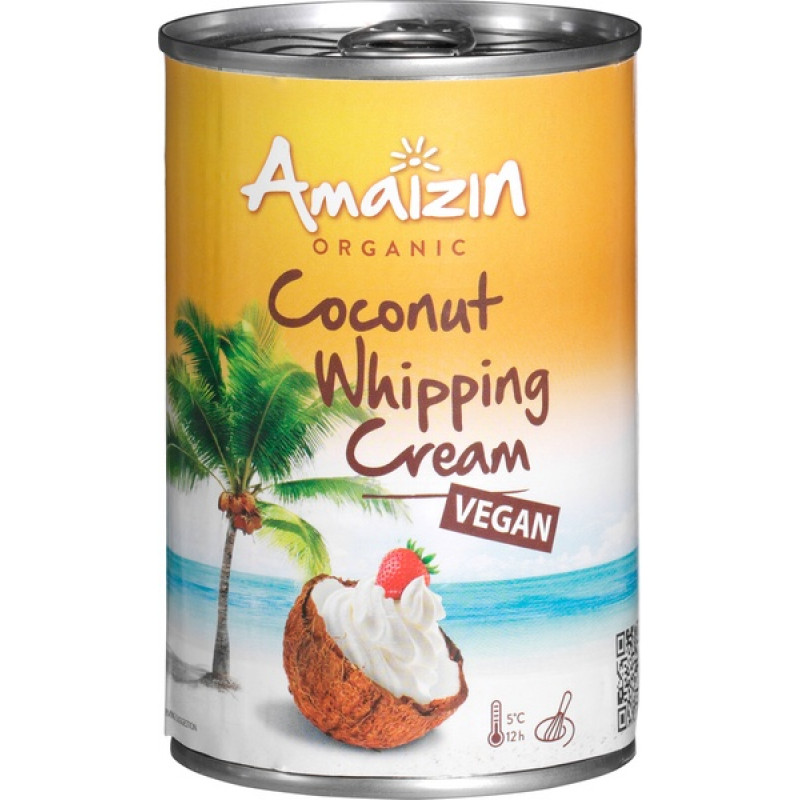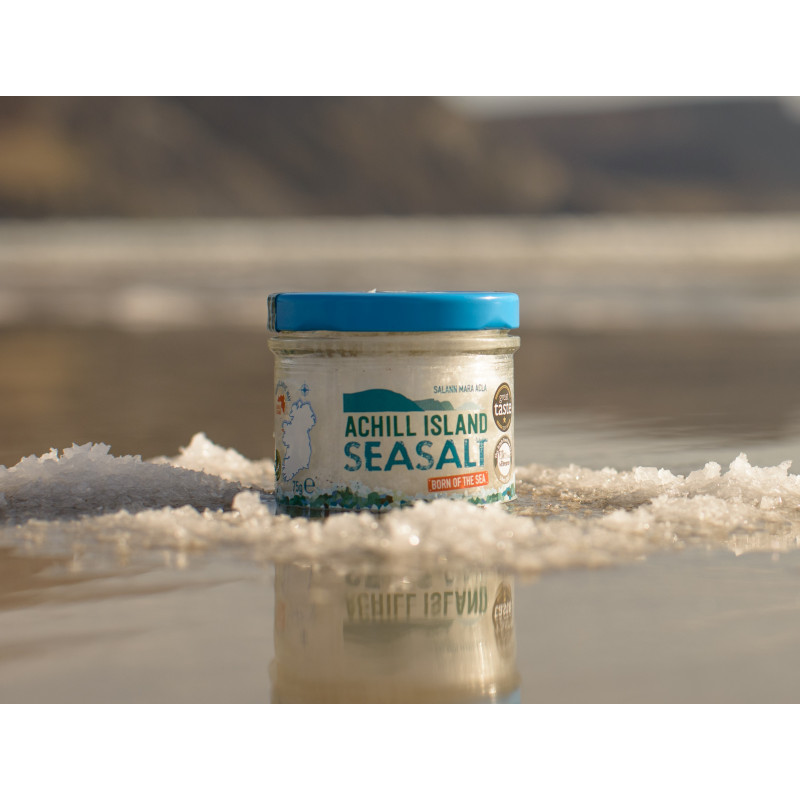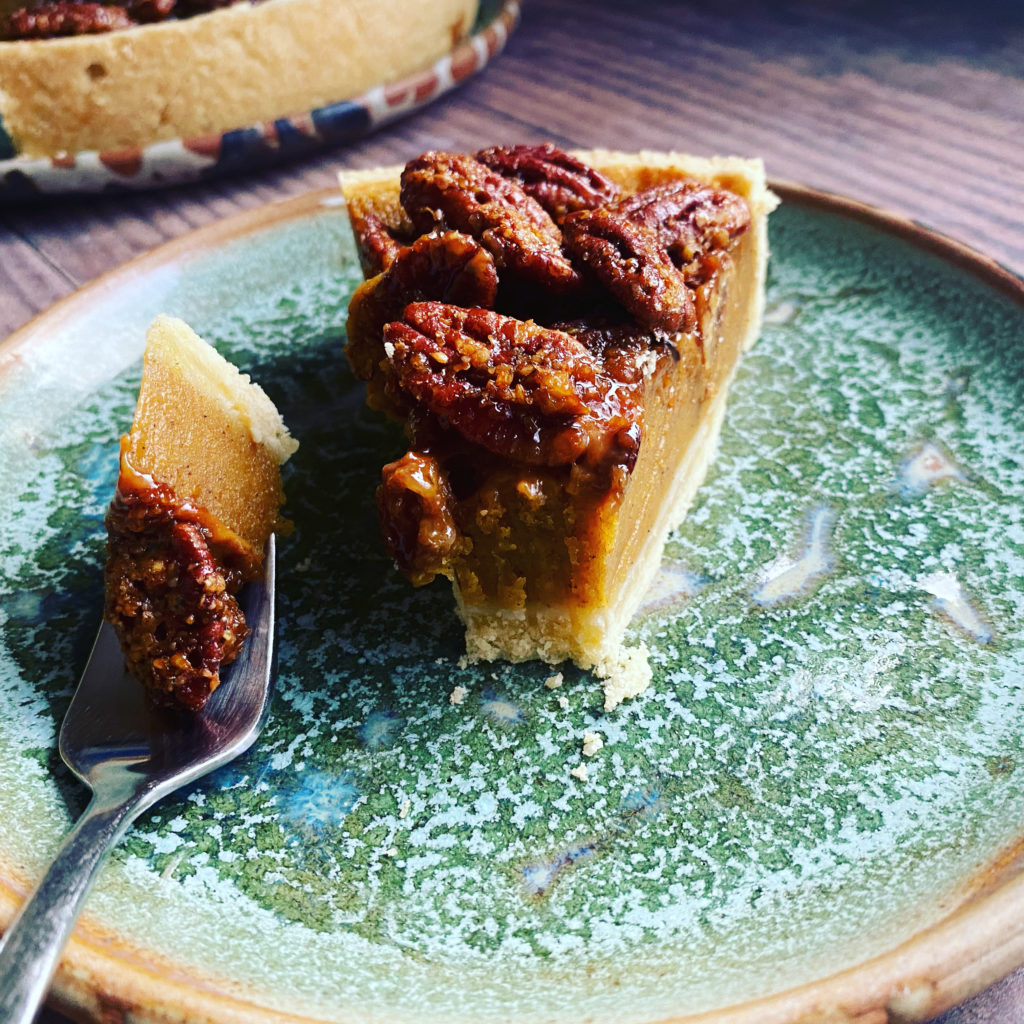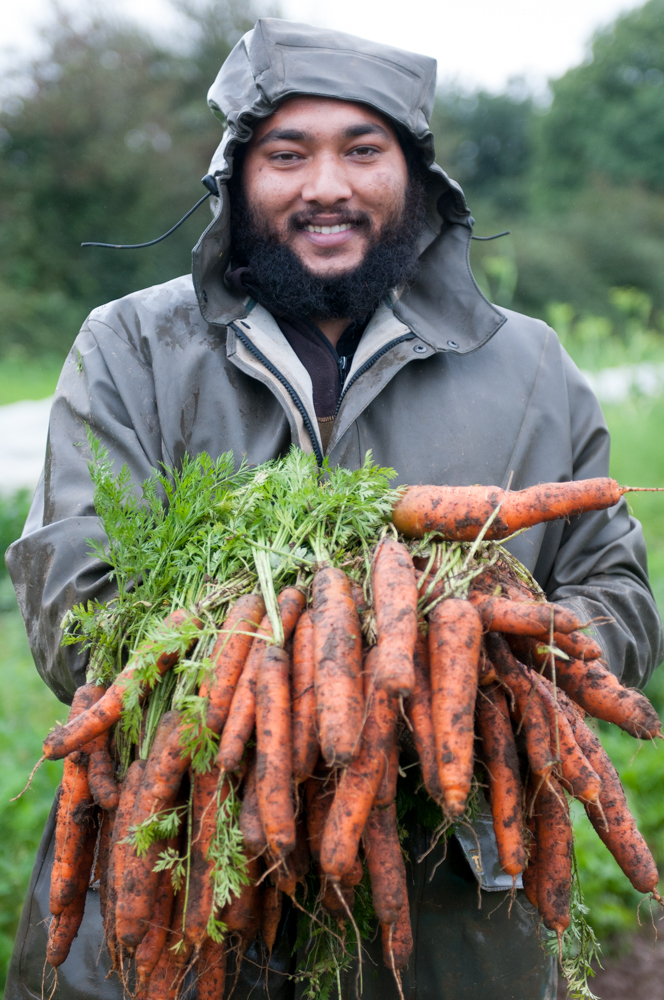
A while back somebody asked me, jokingly (at least I hope it was a joke, looking back now maybe it wasn’t, in which case I led them astray by my answer) ‘What corner of the farm did we grow pineapples and bananas in?’ My answer: ‘The far corner!’
Eating seasonal, eating Irish, eating local, all admirable aspirations and absolutely possible-ish. ‘Ish’ because it can be tough, and it can require a great deal of thought and understanding and commitment if you want to stick to these ideals all year round and not end up eating turnip at every meal from Nov-March!
Eating seasonally is much easier at certain times of the years than others and this is the best time to start. This year is turning out to be one of the best years ever for harvest. However it is not all good news and while we have always been committed to sourcing local and organic where possible. Sometimes it is difficult to meet everybody’s expectations.
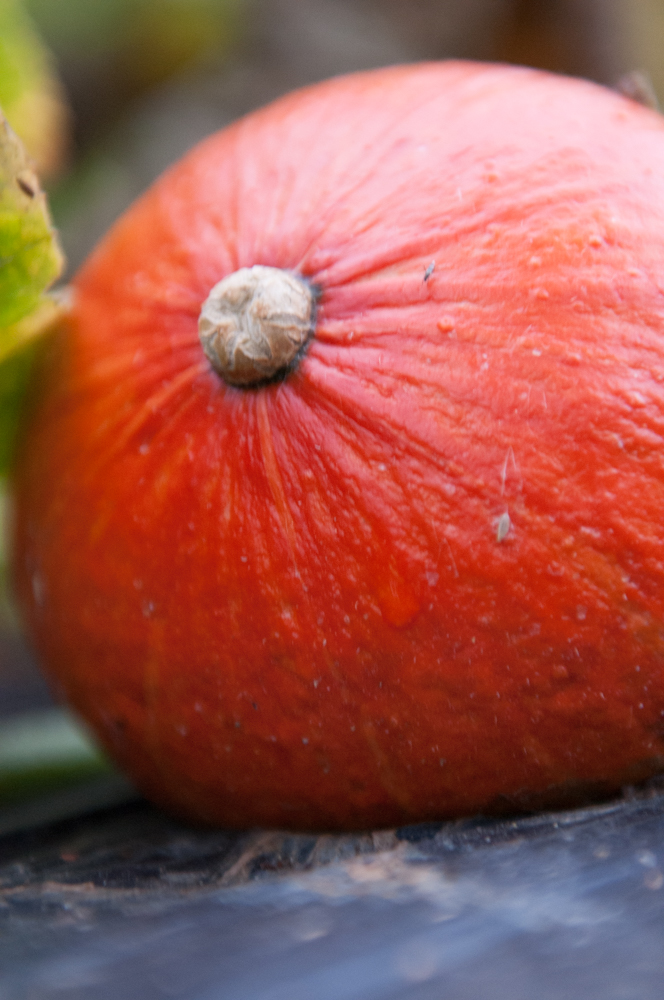
I have just come off the phone with Richard Galvin our regular IRISH, seasonal apple grower and he has just told me the news that much of his crop was devastated with a late frost back in June and he will have few if any organic apples for us.
There is nothing we can do about this, similarly in a few weeks the IRISH organic tomato season will finish, and we will then rely on imported organic tomatoes. While growing tomatoes out of season is possible it is energy intensive.
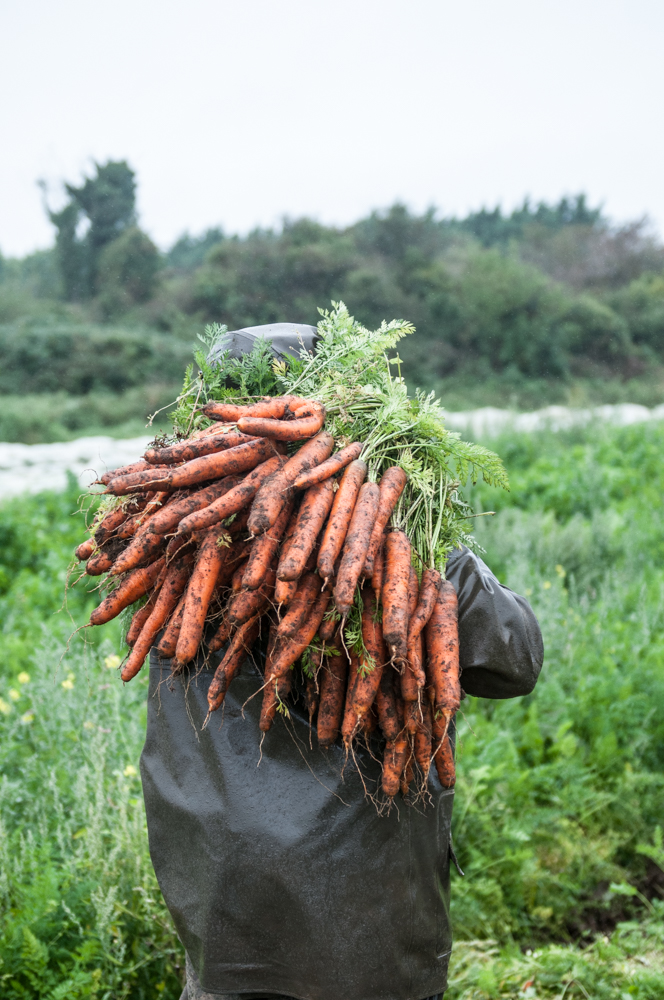
That being said, eating seasonal food can be remarkably rewarding. The harvest on our farm is now moving towards the more earthy IRISH crops that thrive in our climate and tucked in there are some real seasonal stars. It is maybe the taste of the first freshly harvested carrot, or the start of the purple sprouting broccoli season that really make me appreciate the ebb and flow of the seasons and its effect on our local food supply.
Following a strictly seasonal diet can be nearly impossible,but maybe using the old 80/20 rule might be a good idea here? Eating what is in season 80% of the time and eating what you want the other 20%.
But does taking a seasonal approach to food matter? Yes, it matters a lot, it matters for our planet and for our health. Seasonal organic food is usually fresher and therefore contains more nutrients, has been grown sustainably and has a smaller carbon footprint.
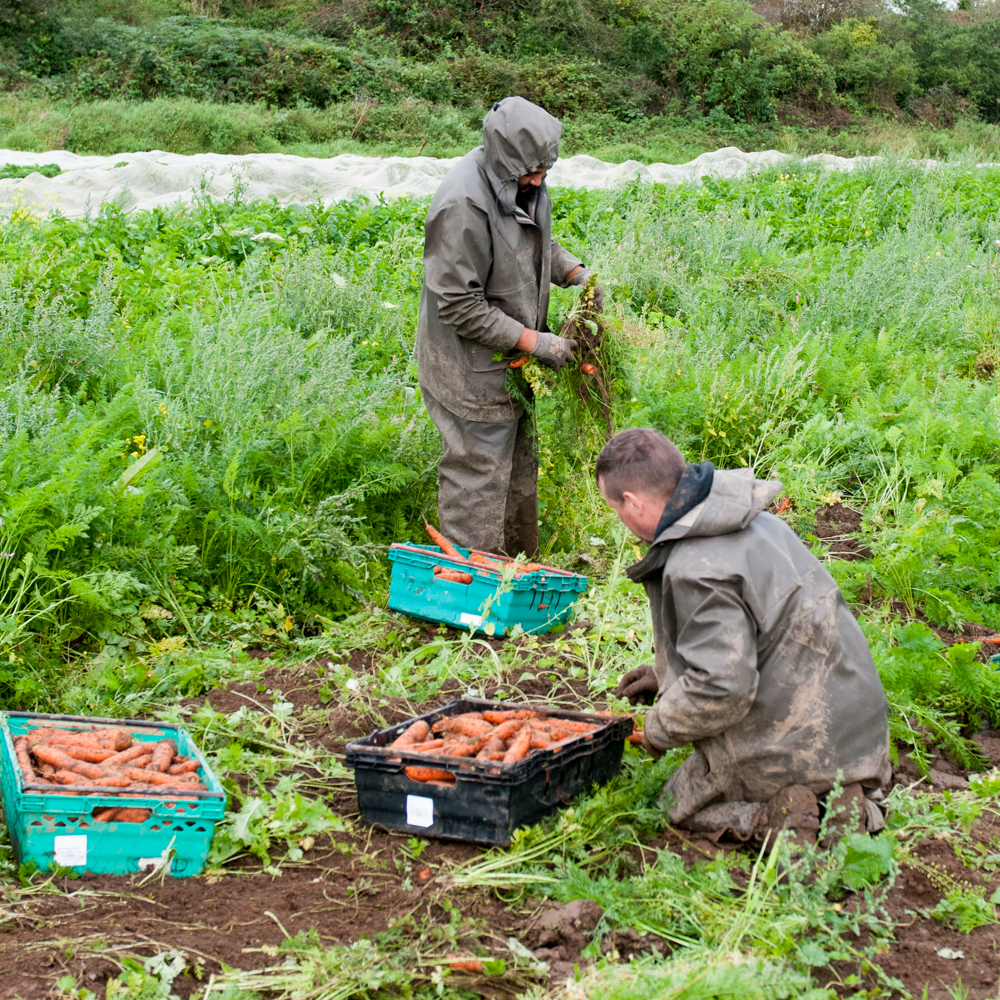
Even so, accepting that somethings just don’t grow in our country and some things only grow well in our country at certain times of the year is part of understanding our food landscape. We grow what we can here on our farm, but we still need to source bananas from the other side of the world.
Where we need to import, we will always make sure our produce is organic, Fairtrade where possible and never airfreighted.
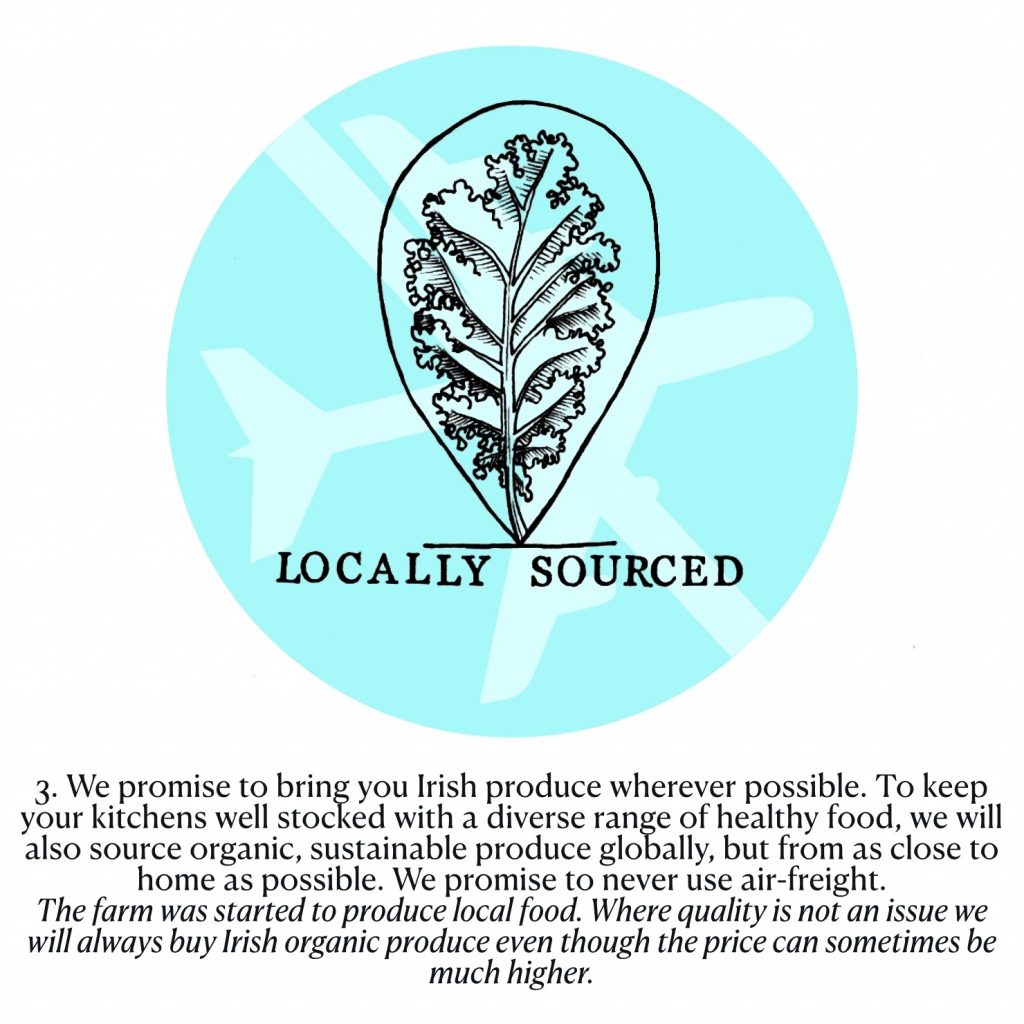
We have never had such a large range of local IRISH organic produce both from our own farm and from a host of other small organic farms across Ireland. Without any doubt right now is the perfect time to give seasonal eating a go.
I am also looking for to the start of the proper Italian Clementine and Lemon season, and my favourite is the blood orange season later in the year.
As always thanks for your support.
Kenneth
